Sketch This Vidio Is Made With 100% Beef
McDonald's is one of the most recognized fast-food chains on the planet. Known for its world-famous fries, Big Macs, and Happy Meals, the Golden Arches is home to many iconic meals, but that also means the chain isn't immune to a fair share of criticism or controversy. We've rounded up some of the wildest myths about McDonald's food, and you might wonder how these rumors started circulating in the first place.
Consumers deserve to know the truth about McDonald's, and fortunately, it's a lot better than you'd expect. No, the meat isn't really made from slime, and the burgers aren't filled with worms. (Seriously, how did that rumor get started?) The fast-food chain has been the subject of plenty of rumors, but most of them are nothing more than tall tales.
And for more, don't miss 20 McDonald's Secrets Employees Don't Want You to Know
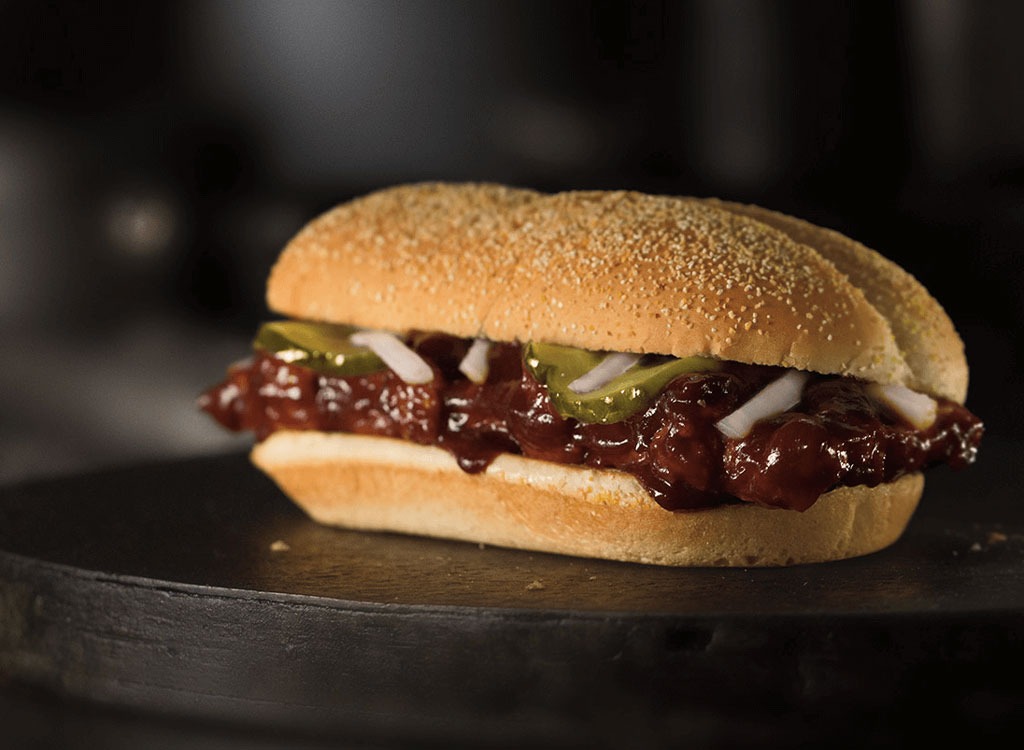
Like McDonald's chicken nuggets, the McRib sometimes gets a bad rep for how it's made. But McDonald's is open about the McRib process, which includes forming meat into rib-shaped bricks. So, yes, the shape isn't real, but it really is meat, not pink slime.
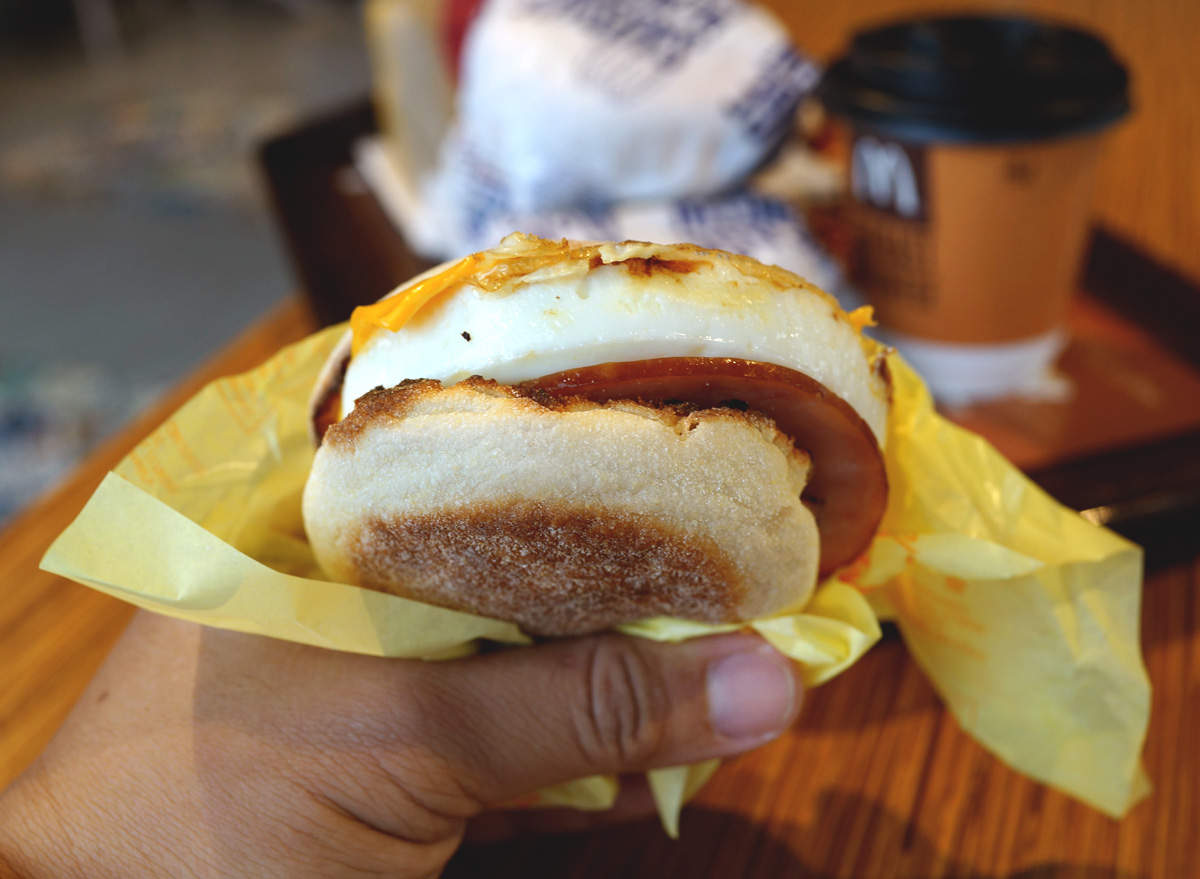
This might have been true at one point, but it seems like McDonald's might have caught on to the trick. Some articles will suggest ordering a plain version of a breakfast sandwich, like a sausage muffin or McGriddle, and adding things like cheese and eggs on separately. As the theory goes, building the same sandwich will be cheaper than just ordering it.
This isn't the case, though, at least by New York prices. Here, a Sausage McMuffin with egg costs $3.89. But buying a Sausage McMuffin and scrambled eggs for $1.89 and $1.99 each, respectively, would set you back $3.88—almost the exact same price, and you don't get the superior round egg. Don't waste your time trying to come up with the best combination for your buck, because chances are, it's already on the menu.
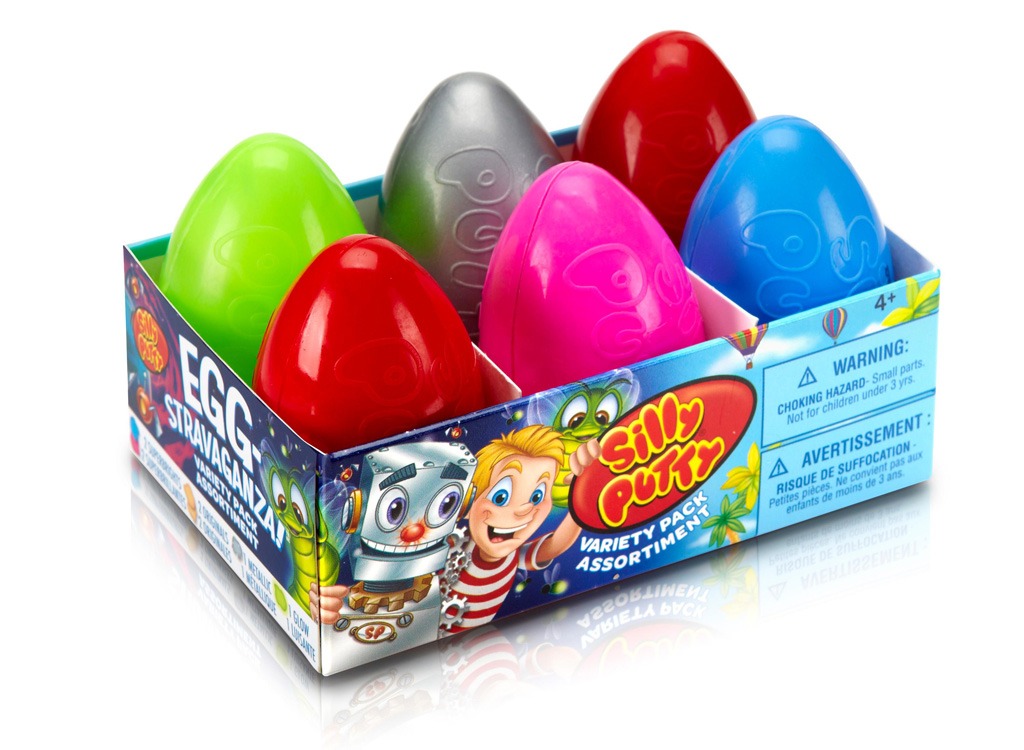
Thanks to sensational headlines (like this one claiming that "silly putty is hiding in your food"), it's understandable that people are worried about the additives in foods from places like McDonald's. But the reality is that these are totally common preservatives that are approved by the FDA.
In this case, the agent in question is dimethylpolysiloxane, which stops oil from boiling over, as McDonald's explains on its website. Yes, it's an additive in your food. No, that doesn't mean you're eating Silly Putty.

McDonald's USA has actually pledged to use 100% cage-free eggs by 2025. And the company is already well on its way: According to the company's website, fewer than 1% of eggs used in McDonald's USA dishes were from sources that weren't cage-free.
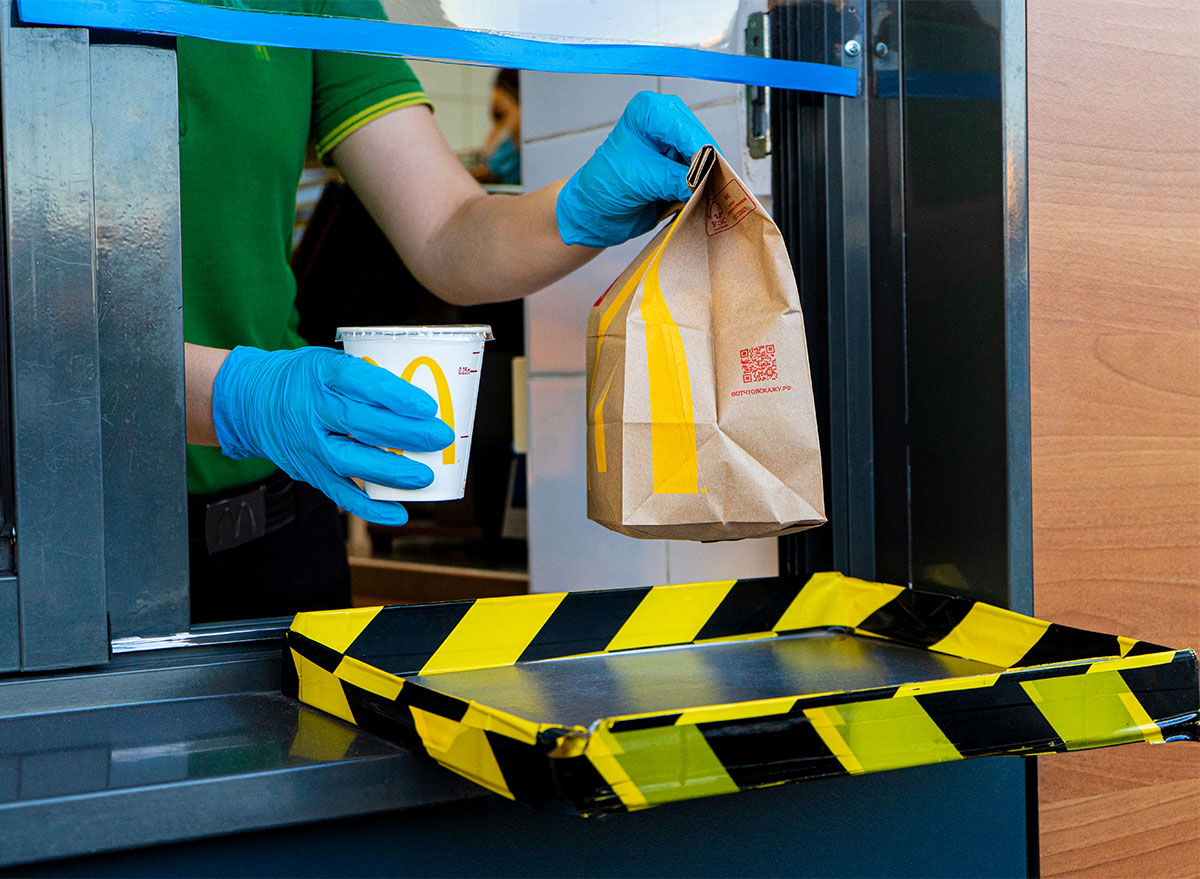
If you're taking a walk and decide to stop at McDonald's, you'll have to go into the store to get your food. It's for your own safety, though—if you got hit by a vehicle from behind, you might be out of the employees' line of sight.
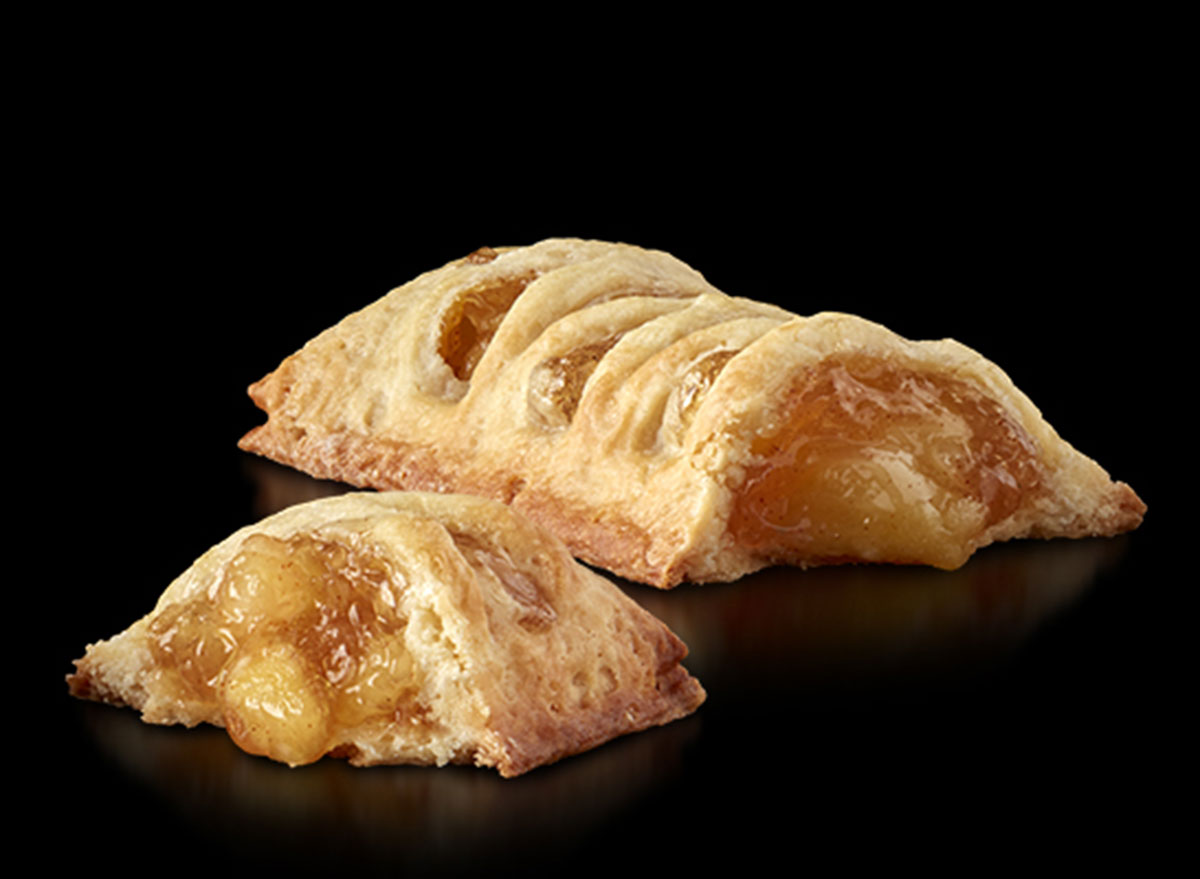
It's normal to assume that you might just get stuck with a dried-out apple pie if you visit McDonald's during off-hours. And it's the reason why some people still think it's a "hack" to order unsalted fries in the hopes of getting a fresh batch. But there's a way to avoid all of these scenarios: Just ask for a fresh batch of fries, a fresh pie, or a fresh Filet-O-Fish. If you do it nicely, the employees will be happy to make it for you.

If you're a fan of McDonald's soft serve, chances are good that you've gone to the chain for a McFlurry, only to be sorely disappointed that the machine is down. Technically, the machine might not be broken—it's just being cleaned.
McFlurry machines take as long as four hours to clean, and customers can't order the treats during that time. (Of course, the machines are broken sometimes. But they're also just a pain to clean.)
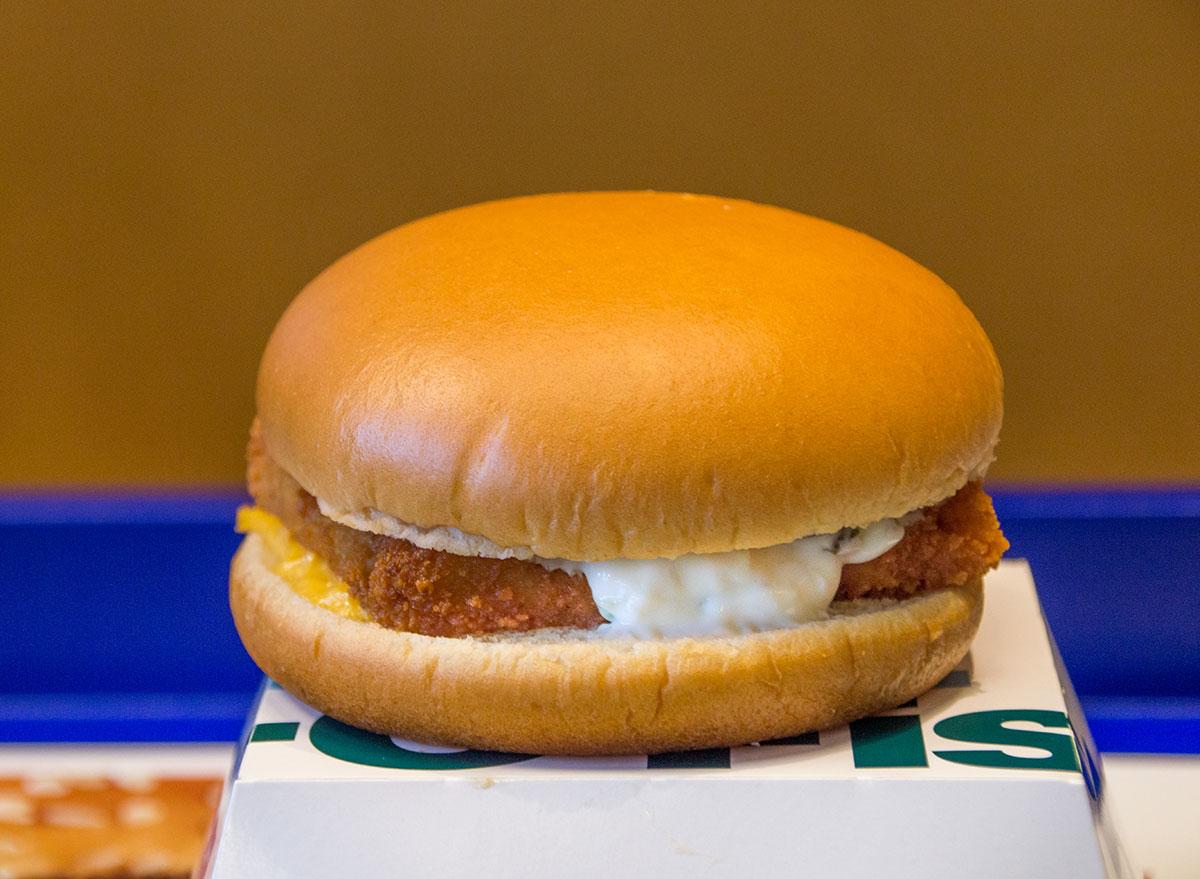
Yes, the fish sandwich is a great option for those who are avoiding meat in the weeks leading up to Easter. But the majority of sales of the sandwich happen during the rest of the year. USA Today reported in March that around 25% of Filet-O-Fish sales happen during Lent. That's a significant figure, but it also shows that plenty of people are enjoying the seafood sandwich year-round, too.
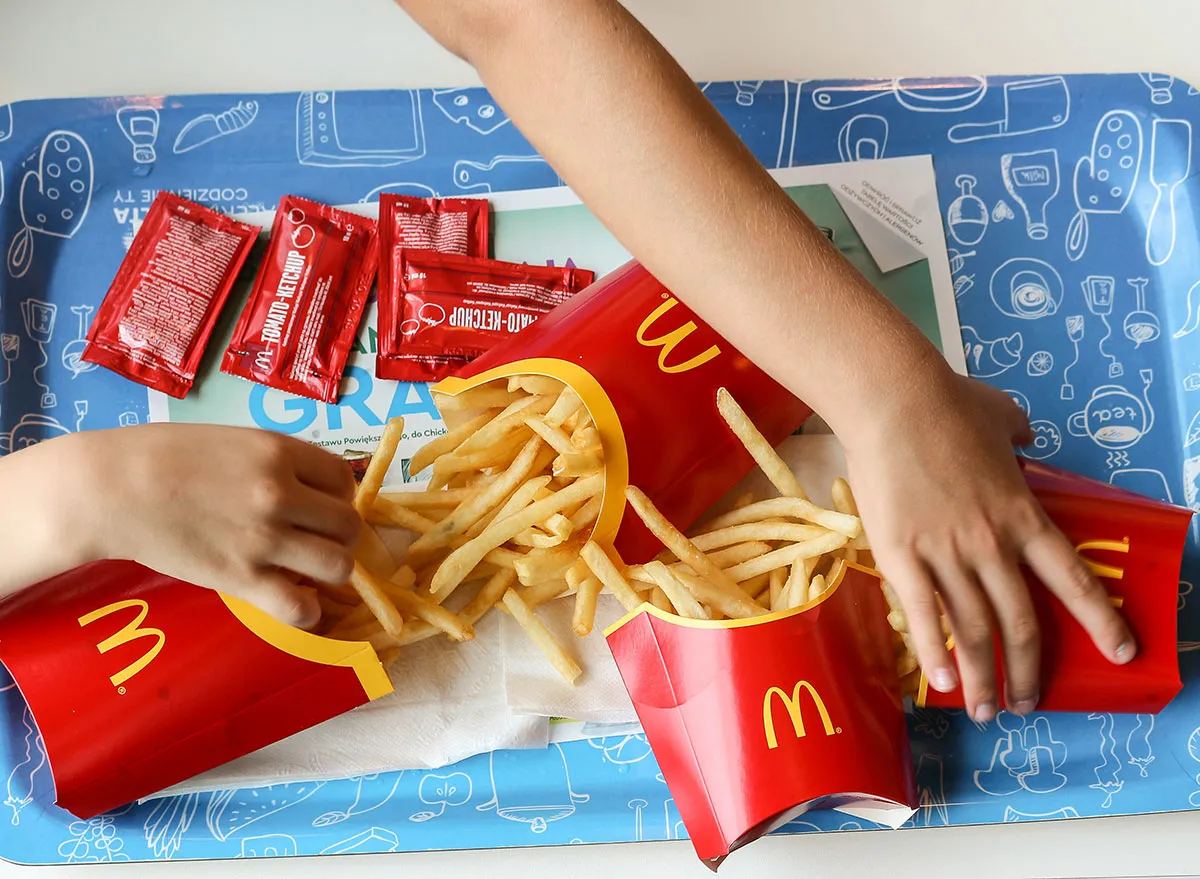
After pivoting from selling barbecue, the first McDonald's sold 15-cent hamburgers—but they were accompanied by chips, not fries. The crunchy fries joined the menu in 1949, replacing chips.
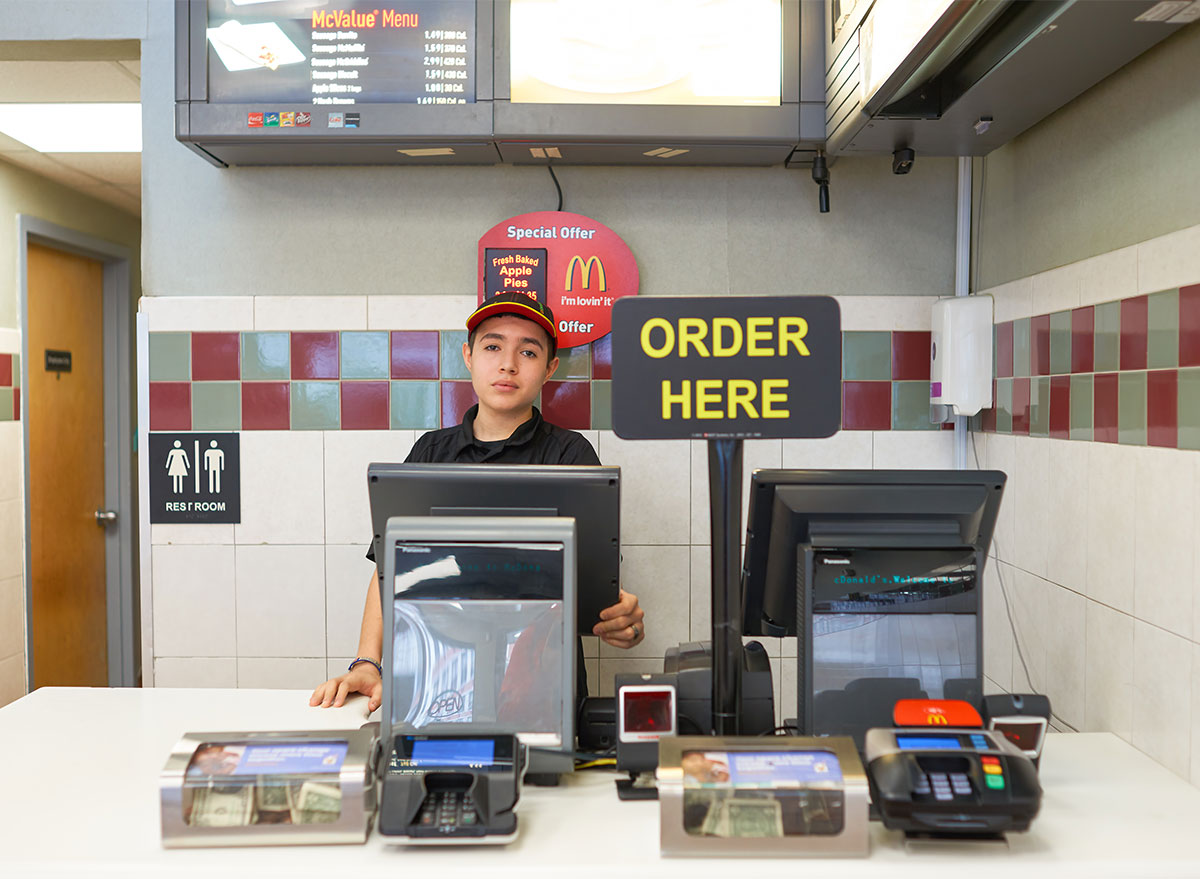
Yes, there's technically a McDonald's secret menu, and it's been making its way around the internet for years. But don't just order a "McBrunch burger" and expect an employee to know how to make it. These aren't official menu items, so you'll have to explain what goes into the item if you want them to make it (or you'll have to buy everything separately and assemble it yourself).
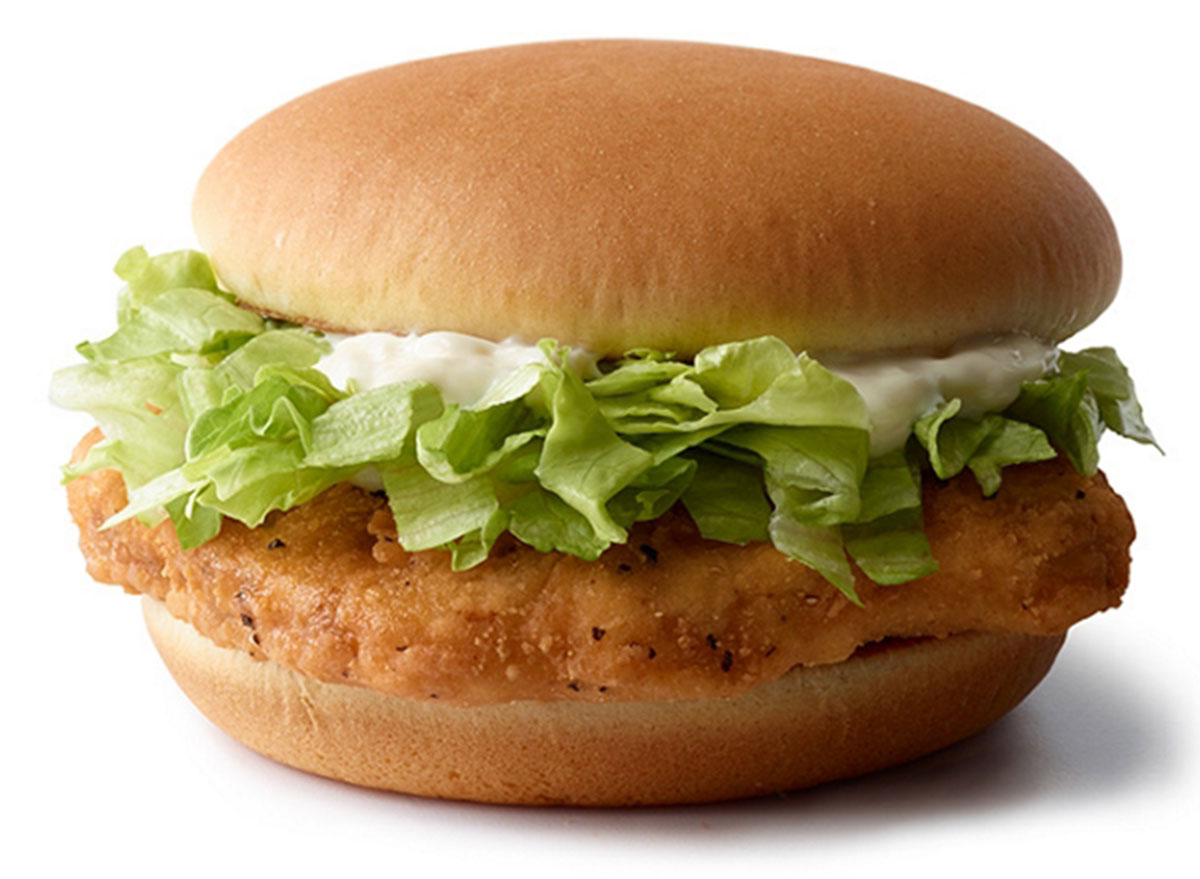
One U.K. teen claimed that there was a baby mouse in her sandwich in 2018. But McDonald's issued a statement saying the photo actually showed a "blood vessel" from a chicken. That's still not the most comforting thing to be eating, but it sure beats chomping on a rodent.
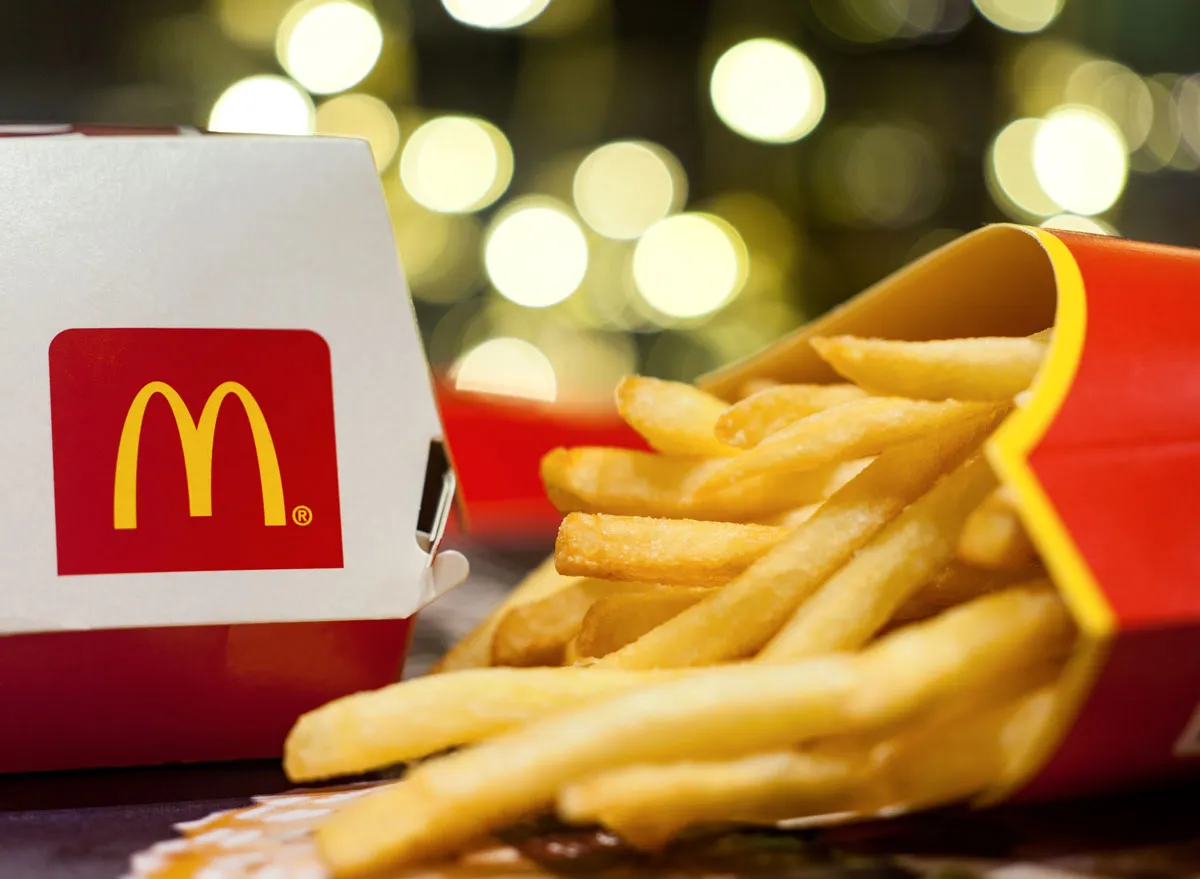
This is a pretty weird one, but some women have apparently claimed that eating McDonald's fries helped them get pregnant. Obviously, there's no scientific evidence to support the claim, though. If you're struggling with fertility, your best bet is to see a doctor, not to gobble up a McDonald's order.
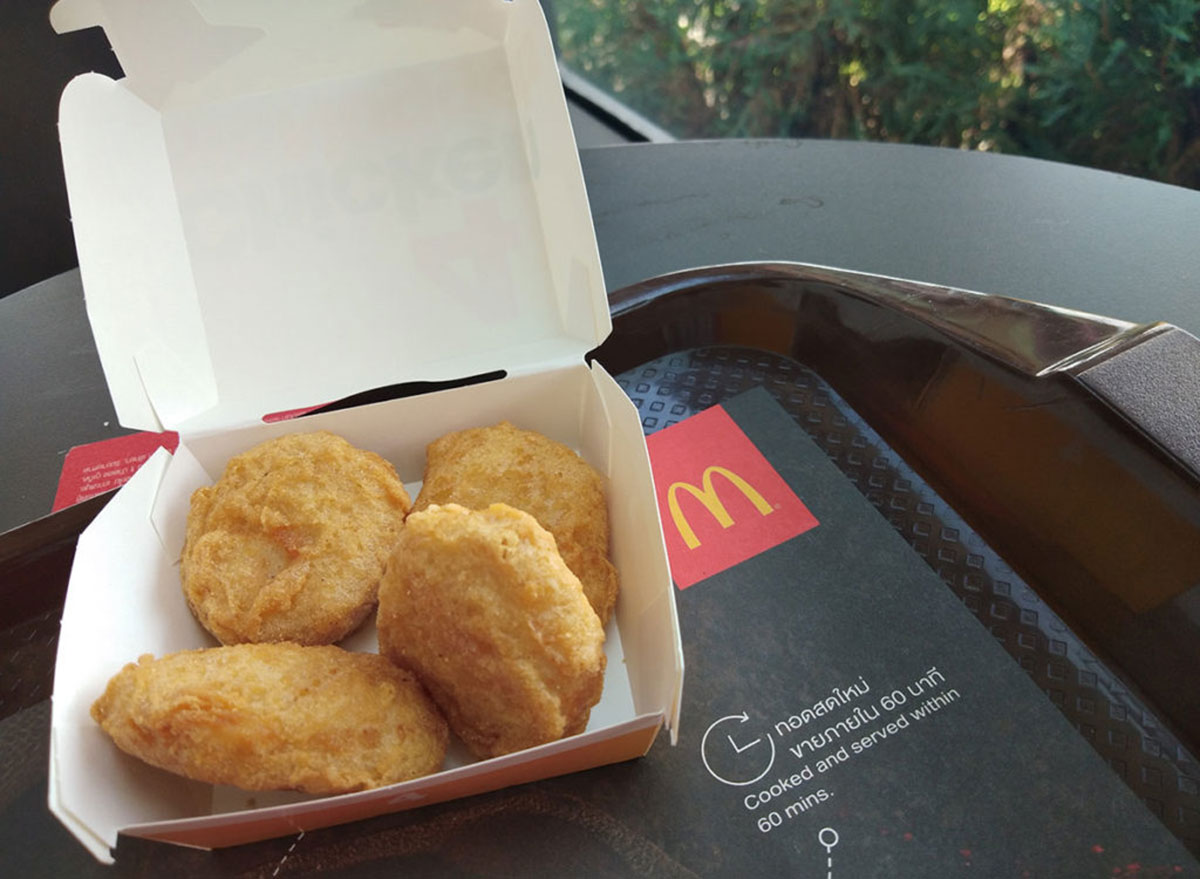
The truth is, McNuggets aren't made from pink slime but from white boneless chicken. Some believe this myth came about when celebrity chef Jamie Oliver showed a pink substance called lean beef trimmings—which are parts of beef that you can't remove from the bone—that McDonald's used as fillers for its burgers. McDonald's discontinued using beef trimmings in its burgers in 2012, but they were never added to the McNuggets.
Want to know how chicken nuggets are really made? McDonald's made a video about it.
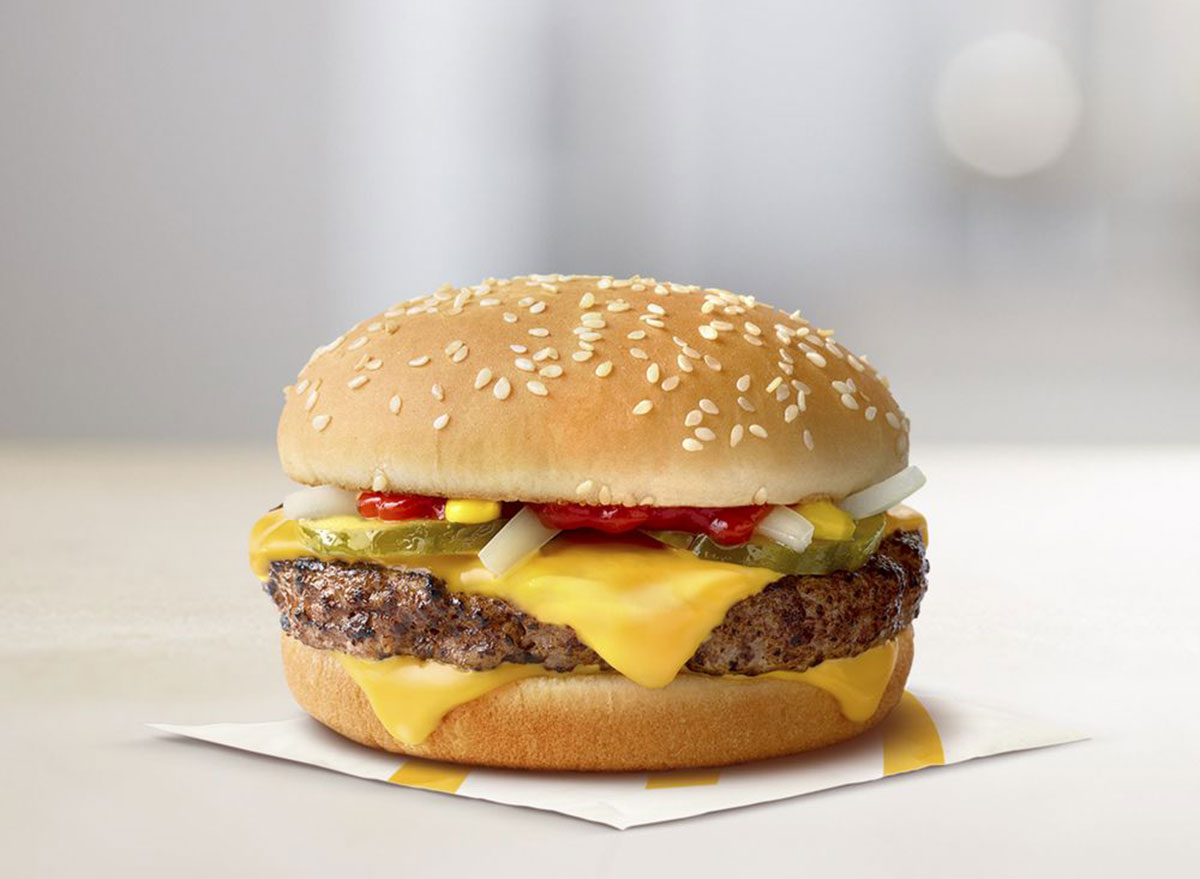
McDonald's used ammonium hydroxide to help separate the meat from the bone in their lean beef trimmings and make it safe for consumption—a practice the FDA deemed safe. But in 2012, the company stopped using lean beef trimmings altogether, and as a result, the use of ammonium hydroxide, too.
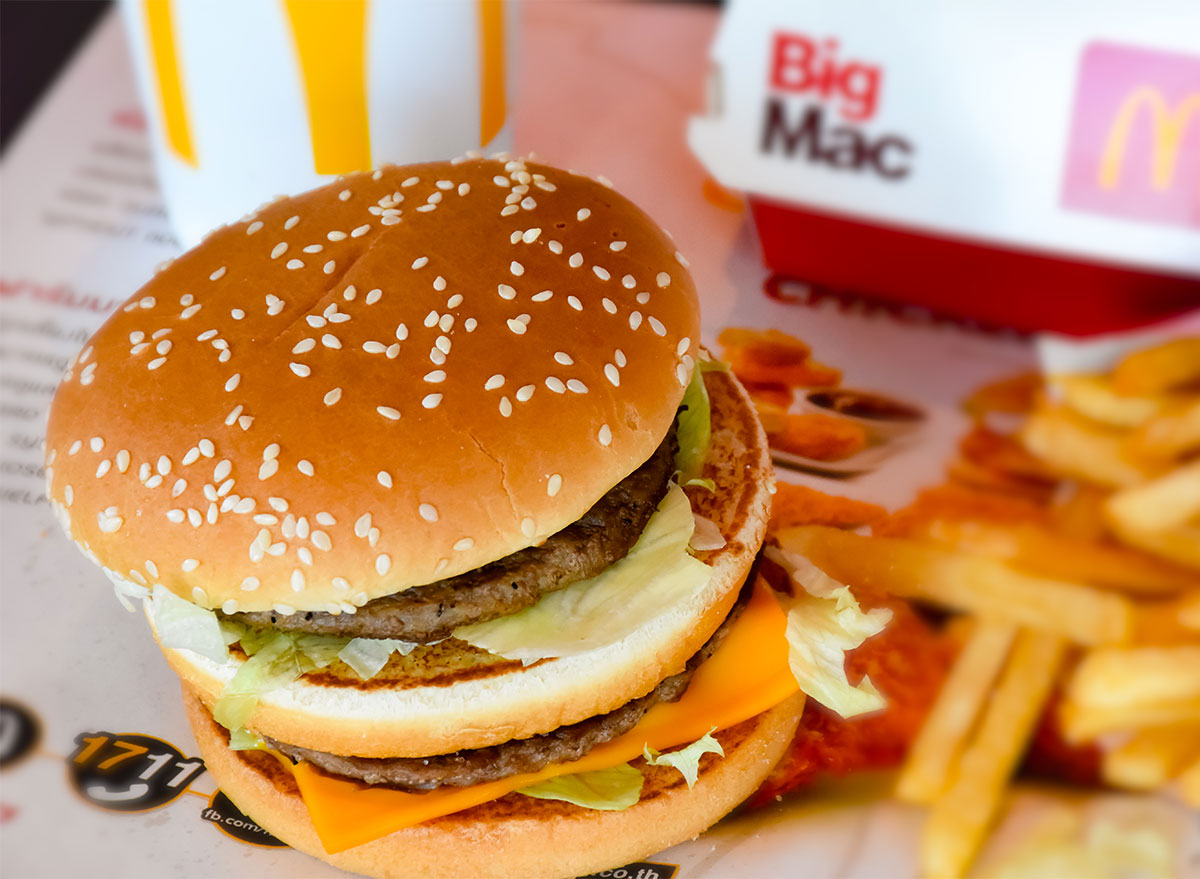
This is one of the most pervasive myths about McDonald's food. The idea that McDonald's burgers, buns, and toppings never decay has become great social media fodder over the years, but there's little science to prove it. People who have tested it have generally come to the same conclusion: Most burgers won't rot in dry air because it eliminates the moisture necessary for bacteria and decay to form. But we don't recommend eating anything that's been sitting out for more than two hours.
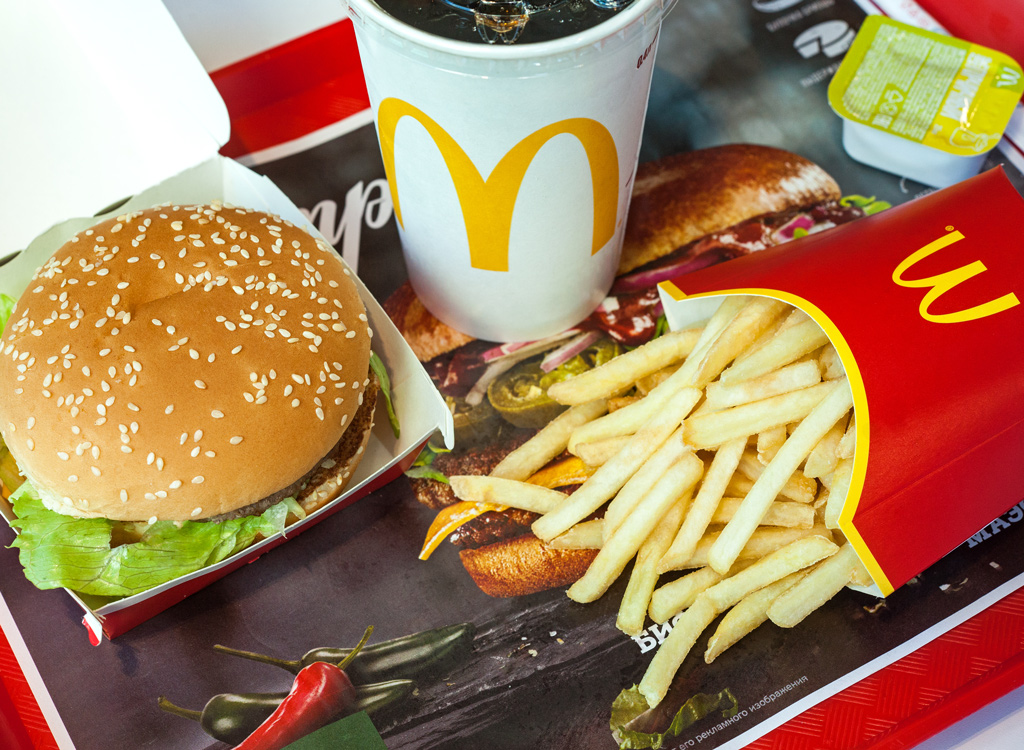
This myth likely caught fire because people want to believe that giant chains would do anything to keep profits low and use undesirable cow parts like the eyeballs. McDonald's is transparent about the parts of the cow the chain uses in its dishes, and eyeballs aren't on the list. And given how much beef McDonald's buys and how little of a cow is in its eyeballs, it's safe to say this claim is fiction rather than fact.
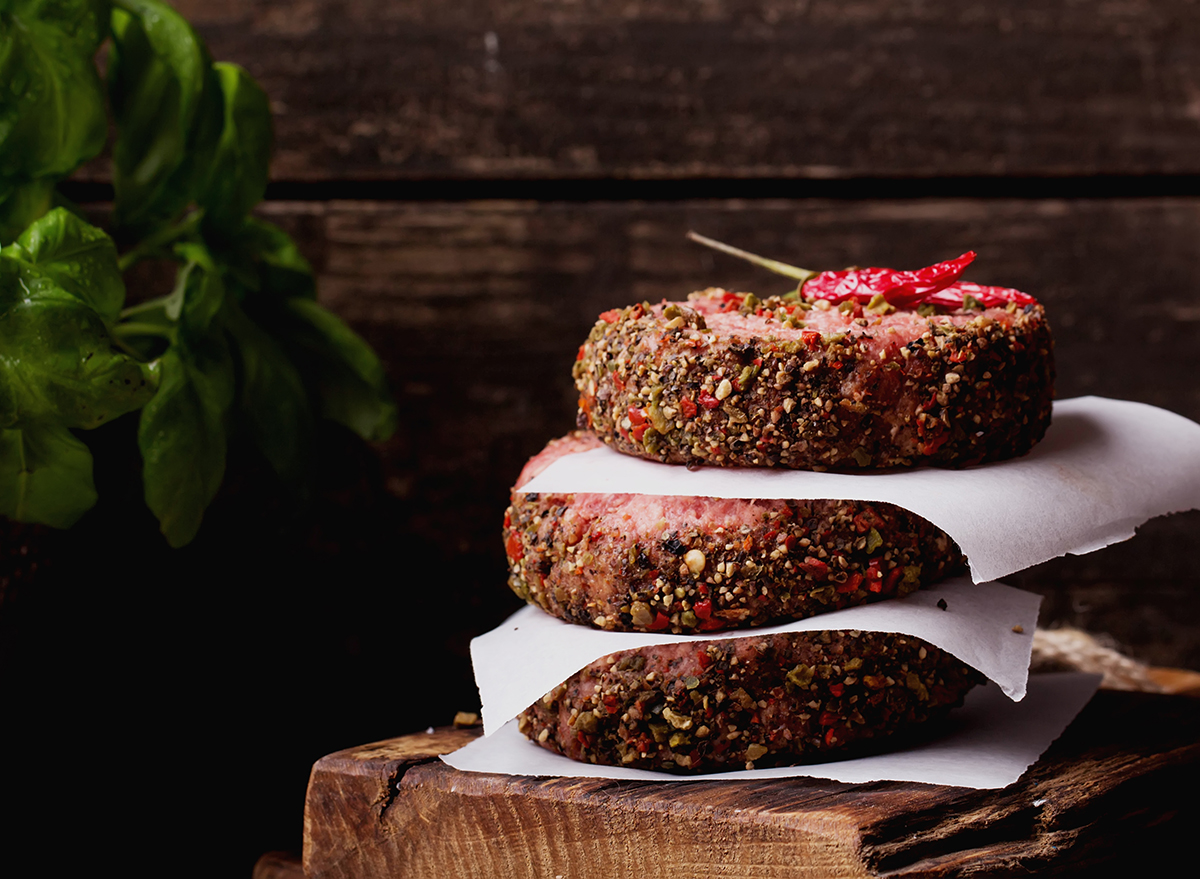
The word on the street is that the Golden Arches include ground-up worms to supplement the beef as a cheaper alternative. But just like the eyeball theory, this one doesn't hold up the economic test, because worms are actually more expensive to buy per pound than beef. Several satirical media outlets will drum up this story from time to time to get clicks, but it's nothing more than an urban legend.
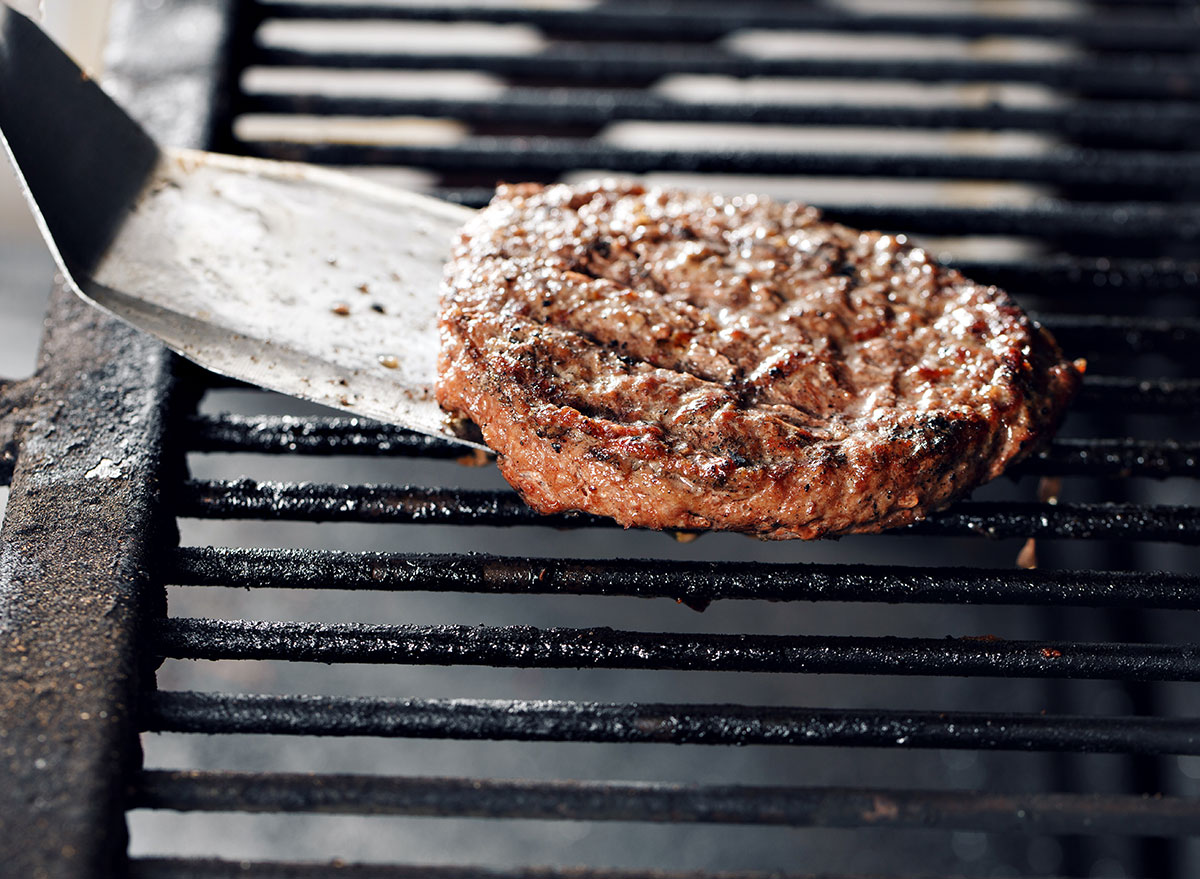
When Huzlers, a site that allows people to create prank news stories, ran a piece claiming that an Oklahoma City McDonald's had used both human and horse meat in its burgers, the news spread like fire on social media. Not everyone was sharp enough to realize it was all a hoax.
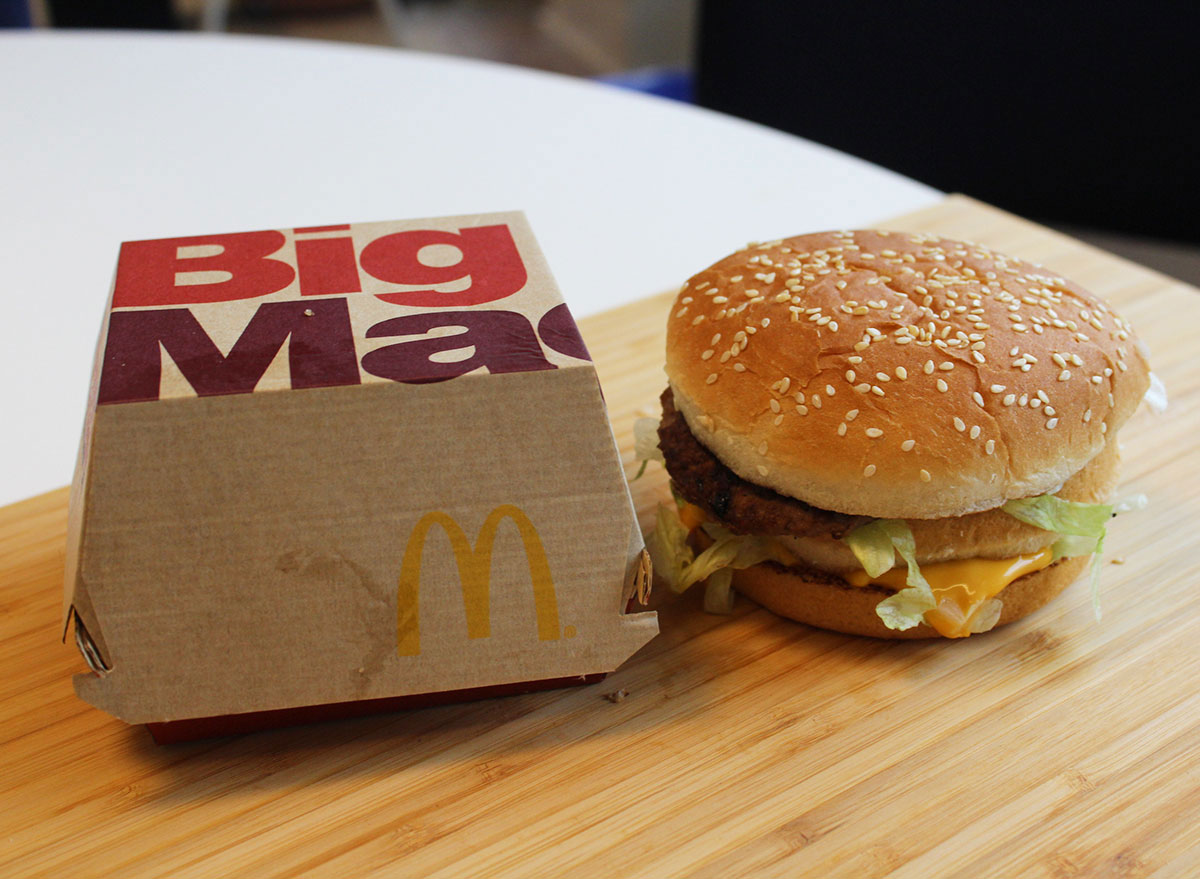
This myth started from a YouTube video that shows someone pouring molten copper over a Big Mac sandwich. Many people assumed that the molten copper would melt the sandwich. Yet it stays intact, leading people to draw conclusions about the preservatives in McDonald's foods. But the actual cause is called the Leidenfrost Effect, where the moisture in food evaporates rapidly, creating a vapor layer that insulates the food from the molten copper.
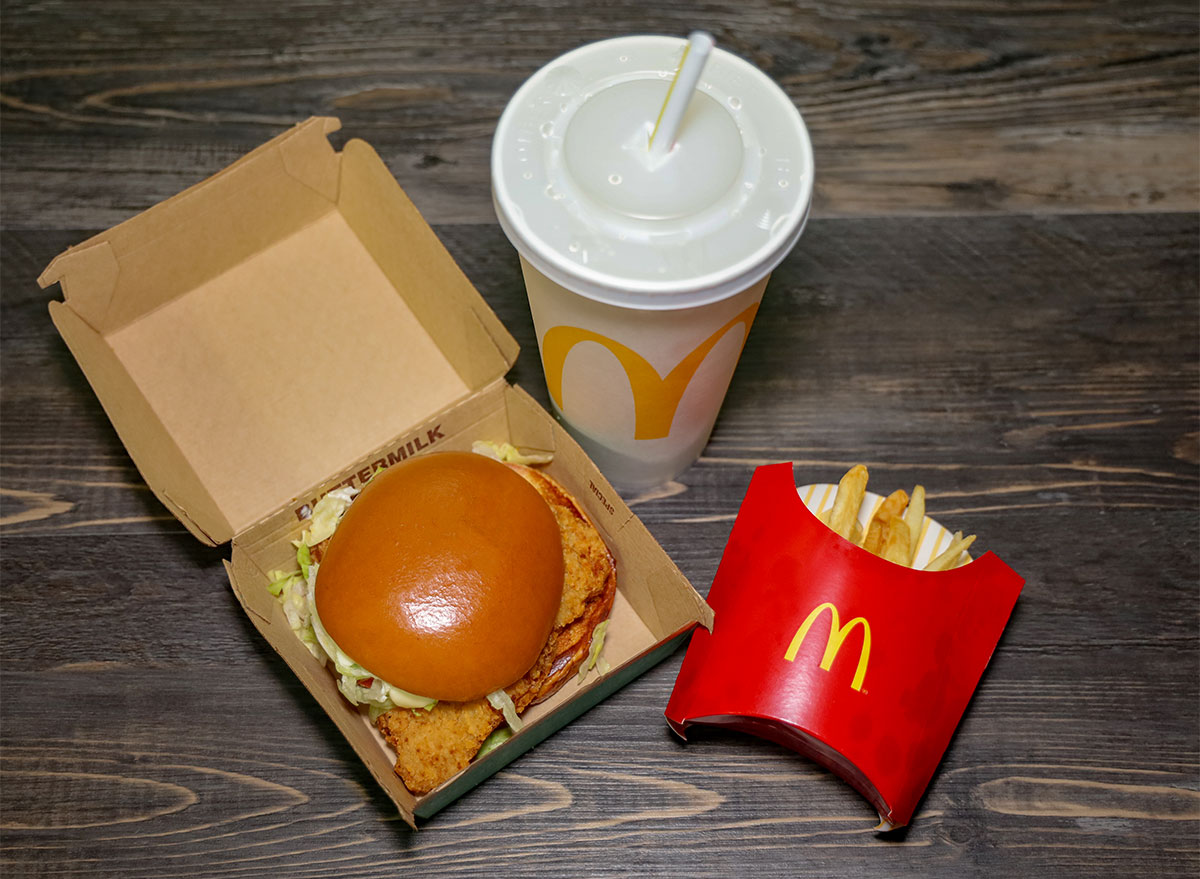
There's a small part of the Internet who believe that McDonald's doesn't use 100% real beef in its patties. The theory is that McDonald's buys its supply of beef from a company called 100 Percent Beef, so they can use the tricky wordplay on their customers. This claim is not only false, but McDonald's supply chains are also fairly transparent about where they source their ingredients.
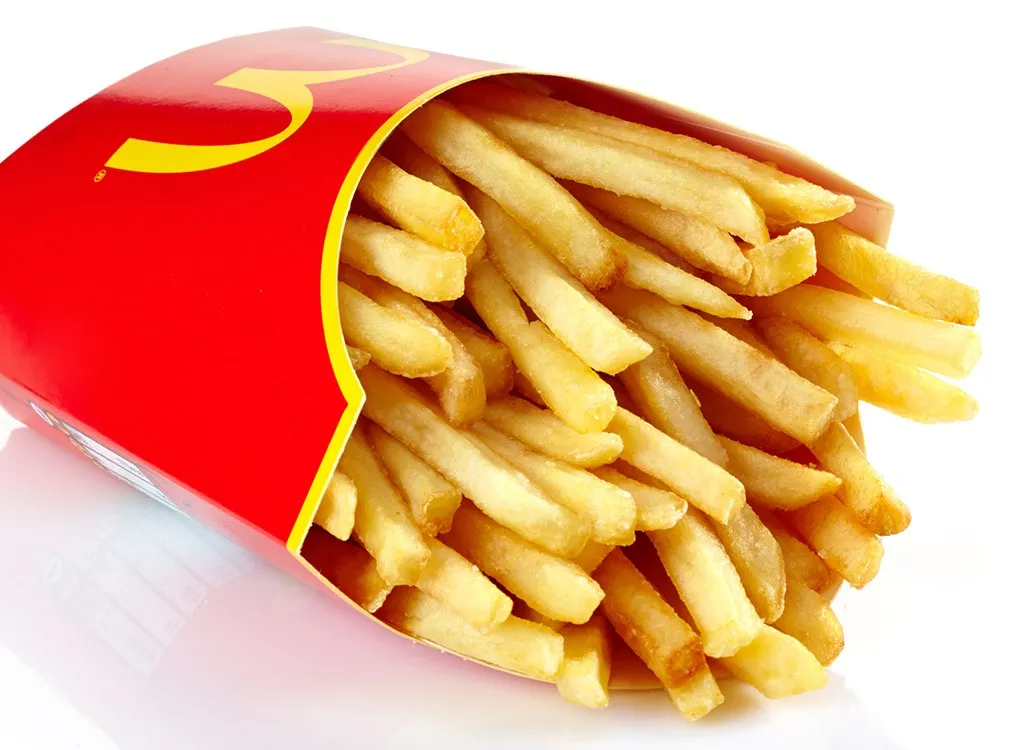
Like the myth about the burgers, America's favorite fries have gained a social media reputation for having an unnatural shelf life. Sure, your fries won't grow mold or bacteria if it's stored in a dry environment, but would you really go for two weeks' old crispy spuds to satisfy a salty craving? We didn't think so.
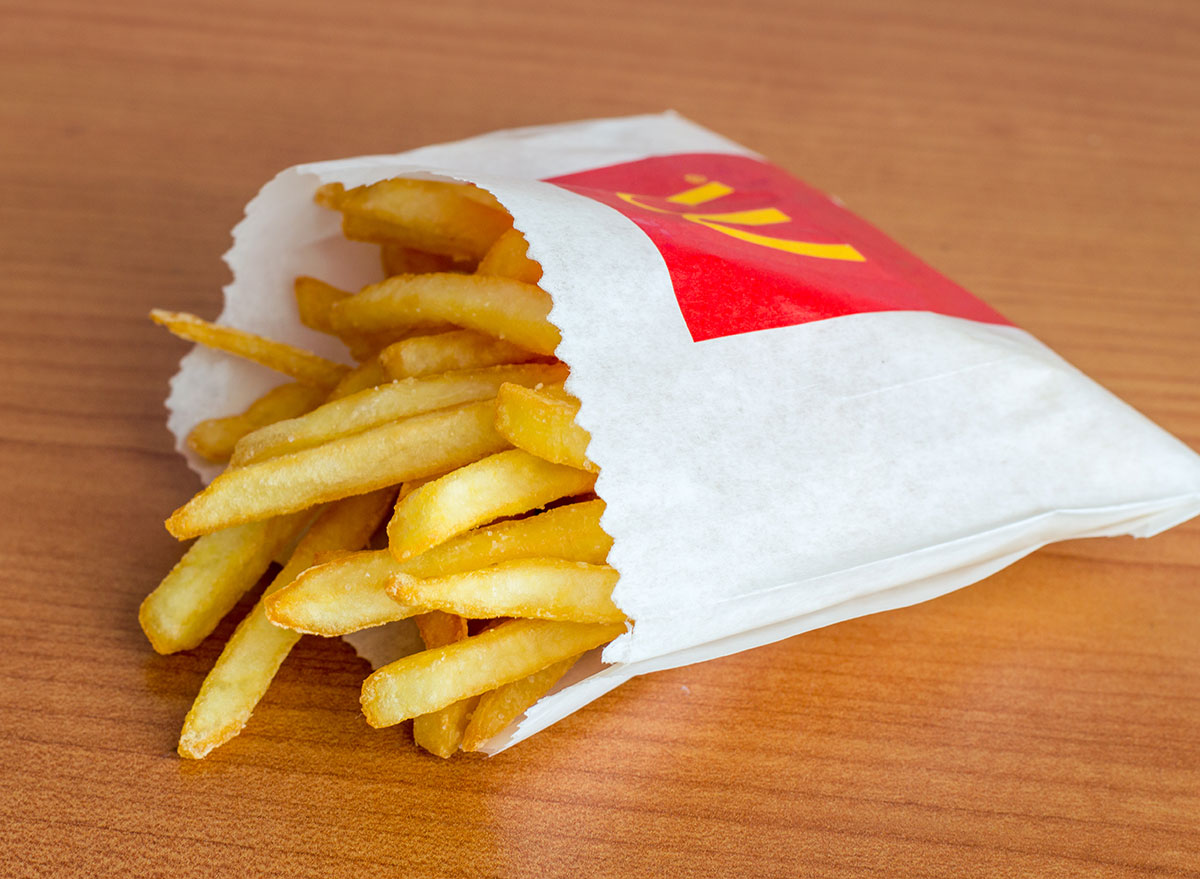
McDonald's did use beef tallow—a rendered cow fat—to fry up their famous crispy sides. But the practice was discontinued decades ago, thanks to the health industry's battle against saturated fat. To replace beef tallow, the chain resorted to using vegetable oils with trans fats, but we all know about the trans-fat ban. Today, you'll find "natural beef flavor" in the World Famous fries and other McDonald's dishes.
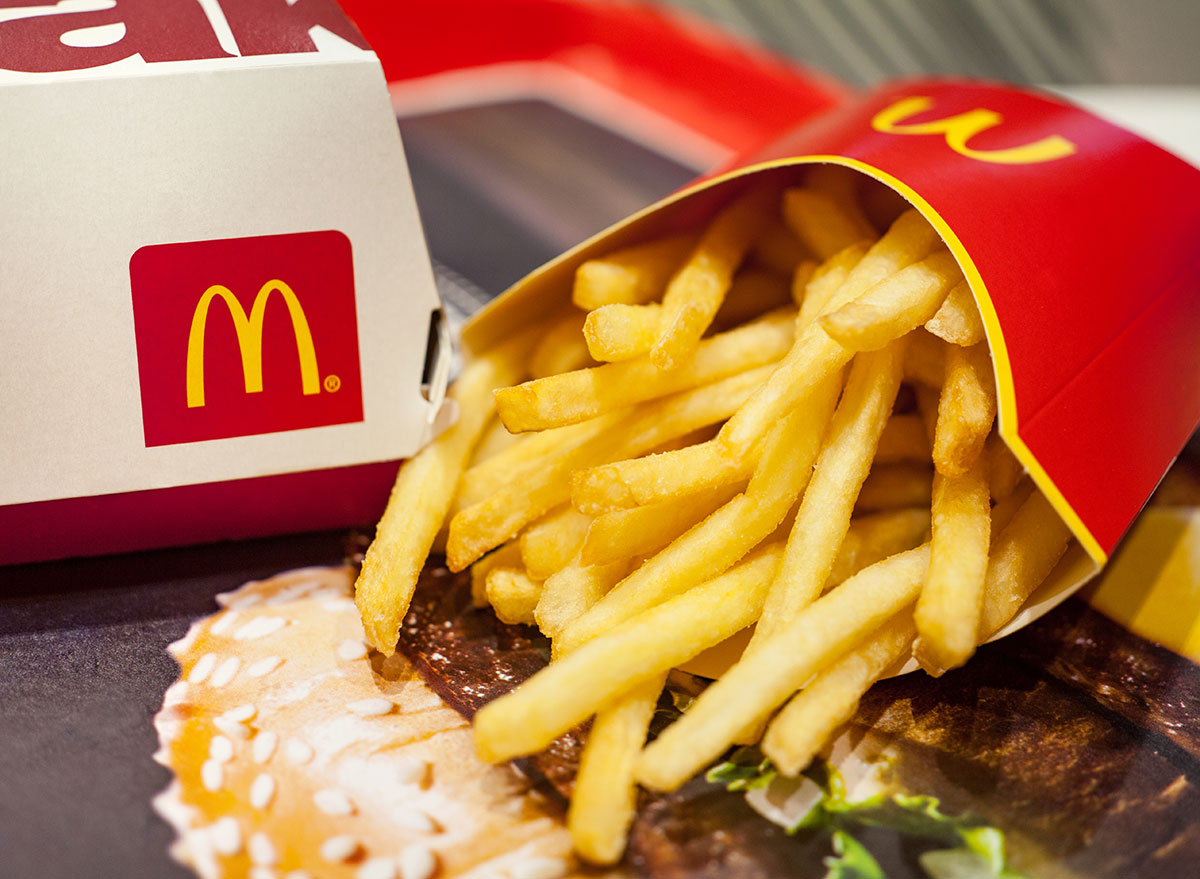
Just because the fries don't use beef tallow it doesn't mean they're safe for vegan consumption. McDonald's uses "natural beef flavoring" in its fries in both the U.S. and Canada. Because the flavoring is actually made from milk, the fries are vegetarian but not vegan. If you want vegan fries, head across the pond, where they don't add beef flavoring to their spuds.
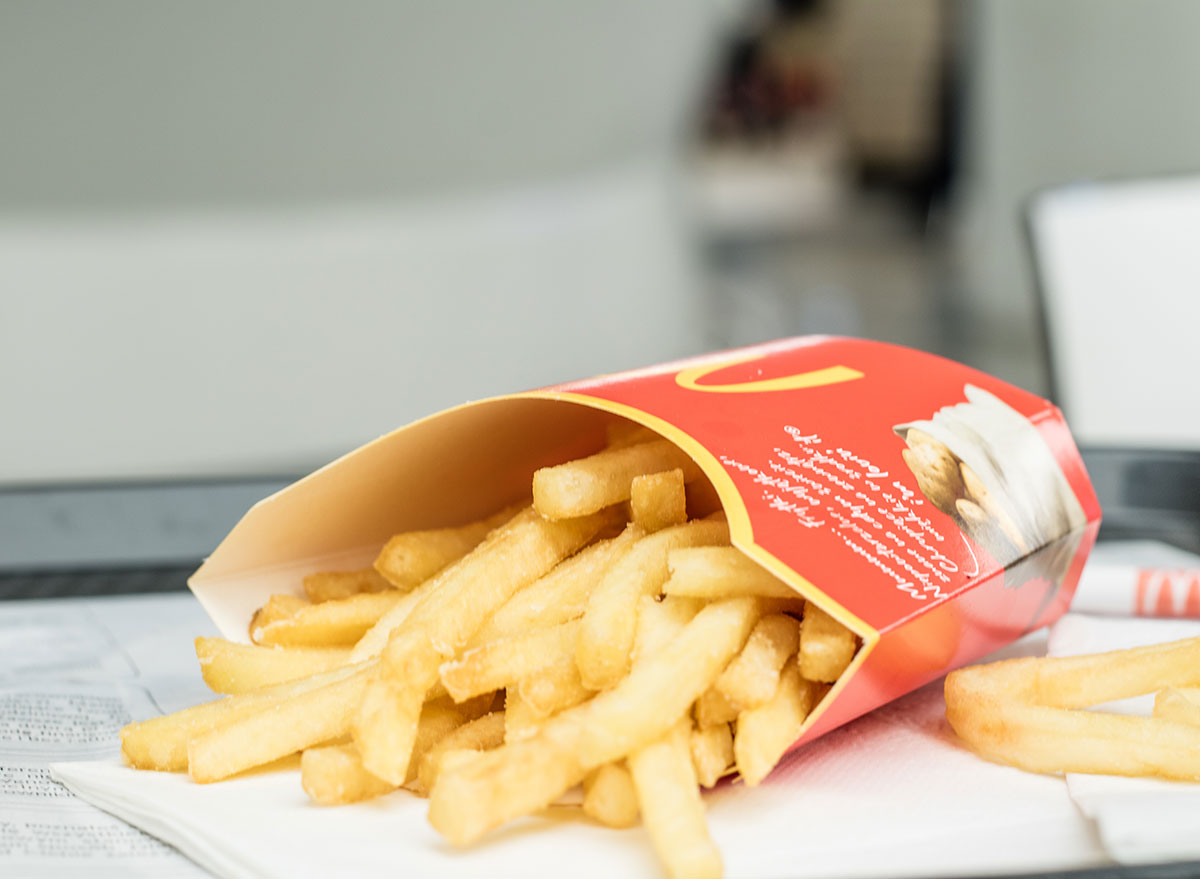
Natural beef flavoring isn't the only thing you'll find in McDonald's fries. While the first ingredient is potatoes, they also contain a vegetable oil mix, salt, and sodium acid pyrophosphate, which is used to maintain color. That said, McDonald's isn't trying to hide these ingredients, because all of them are listed on the company's website.
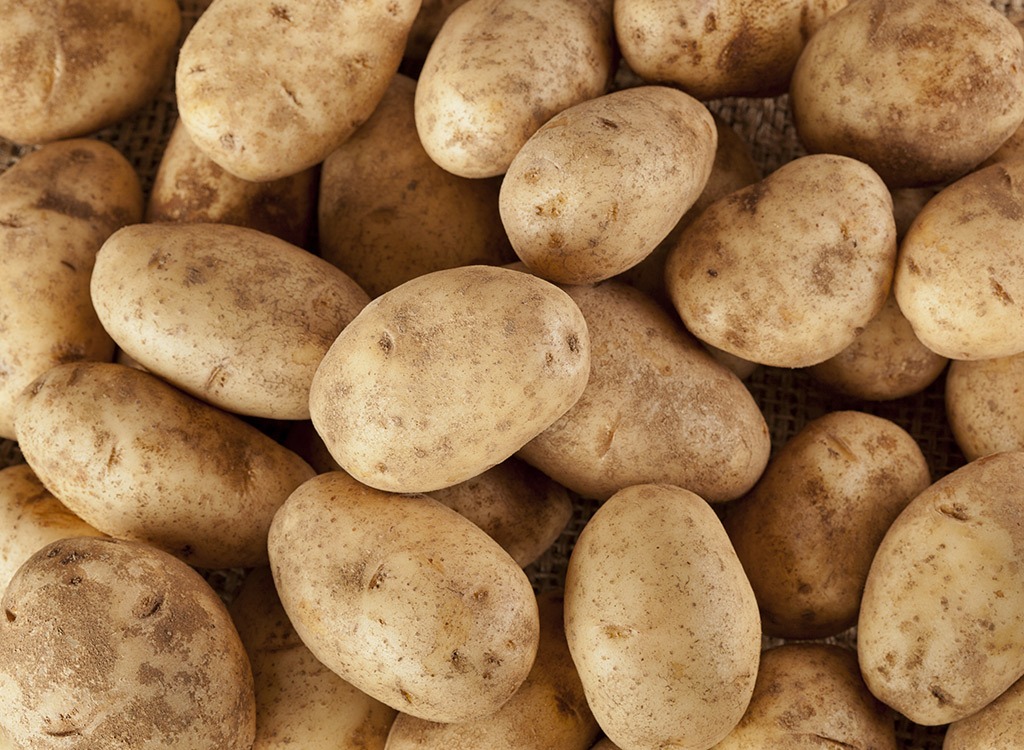
In a 2022 video by famed food writer Michael Pollan, he argued that McDonald's picked only perfect potatoes for their fires and threw the rest away. This is half true because McDonald's is picky about the potatoes they use in their fries.

Pollan's video also illustrated that McDonald's farming practices involved spraying potatoes with pesticides so strong that farmers had to stay away for five to six days. Once again, he's half right, except that it's a standard farming practice to stay away from any pesticide for that amount of time. If that scares you, it might be time to consider buying organic produce.
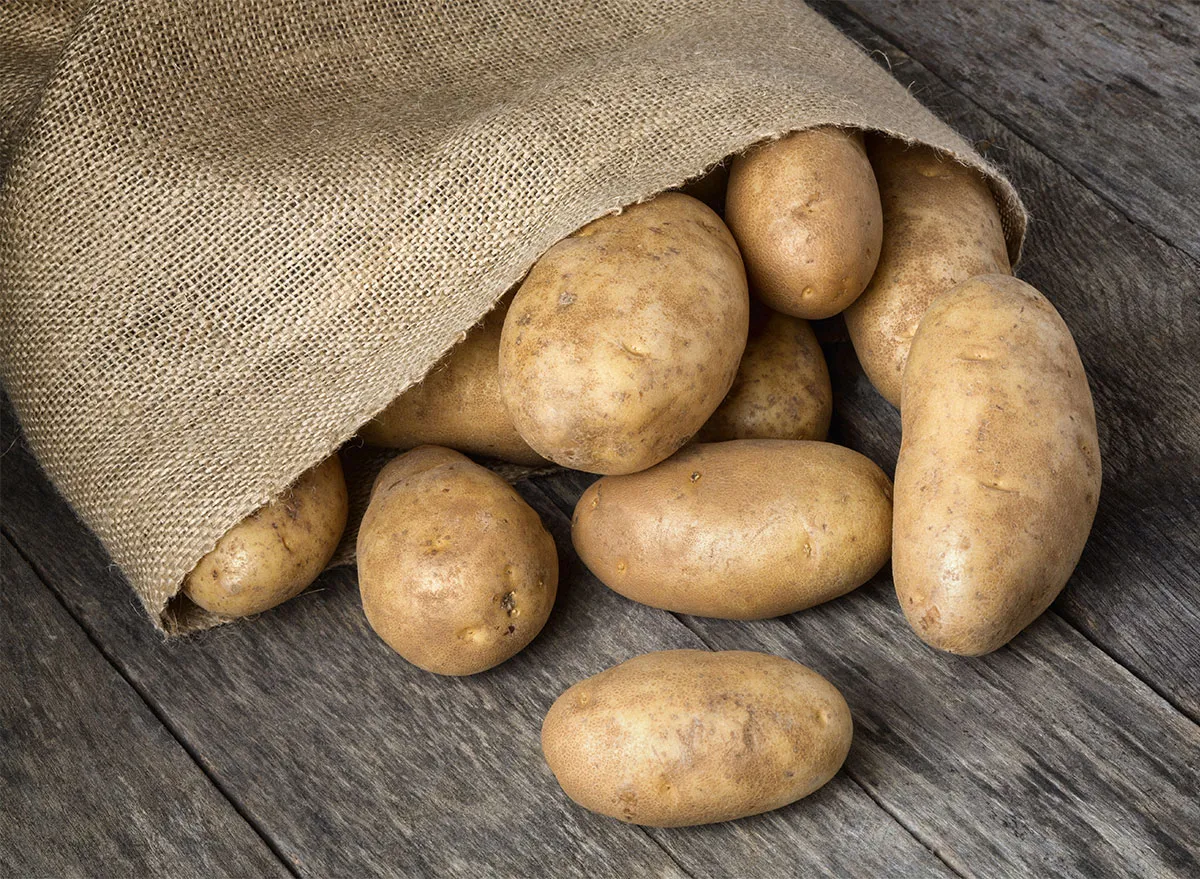
Pollan's video also highlighted that McDonald's stored the potatoes in greenhouses for weeks or months. According to Pollan, storing them in a greenhouse allows pesticides to evaporate. But the real explanation? Farmers want to be able to sell potatoes year-round and keeping them in the greenhouses helps keep them fresher longer.
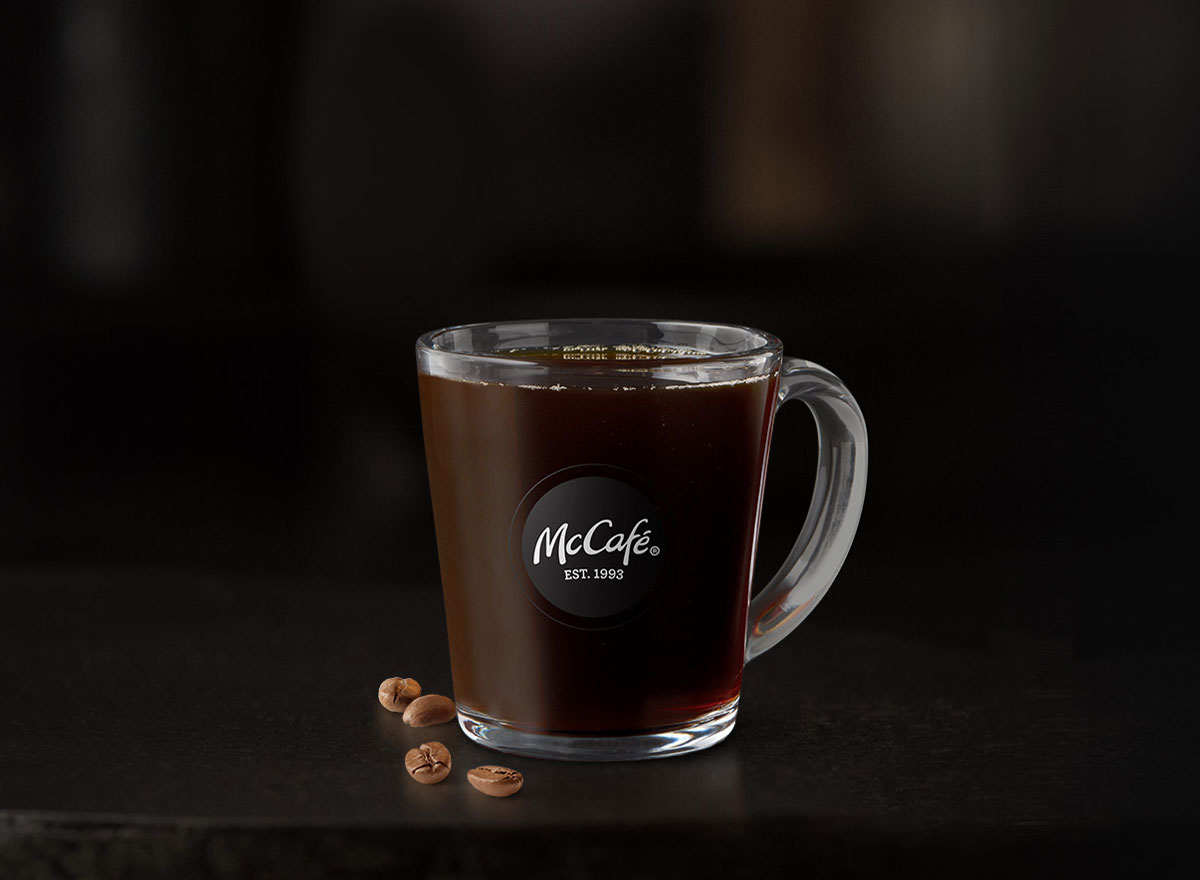
In the early 1990s, a woman sued McDonald's for serving her extra-hot coffee that gave her third-degree burns. Stella Liebeck initially asked for $20,000 to cover her medical expenses, but when McDonald's countered with $800, she took it to trial. The jury awarded her $2.7 million (which is what grabbed the headlines), but the judge lowered the amount to $480,000 and they ended up settling for an undisclosed but smaller amount.
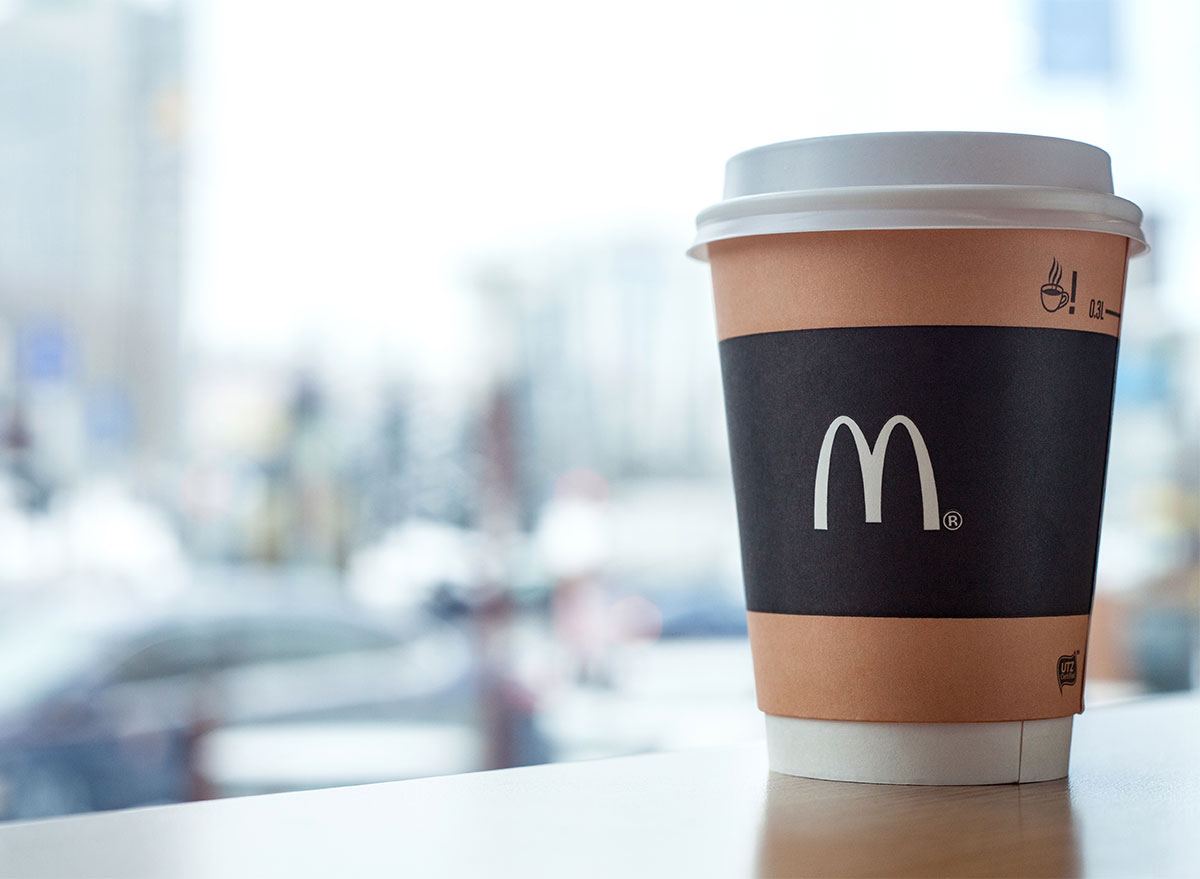
After the coffee lawsuit, reports came out that McDonald's coffee was 40 to 50 degrees warmer than other restaurants, which served theirs at 190 degrees Fahrenheit. Since then, McDonald's has changed the way the company heats its coffee.
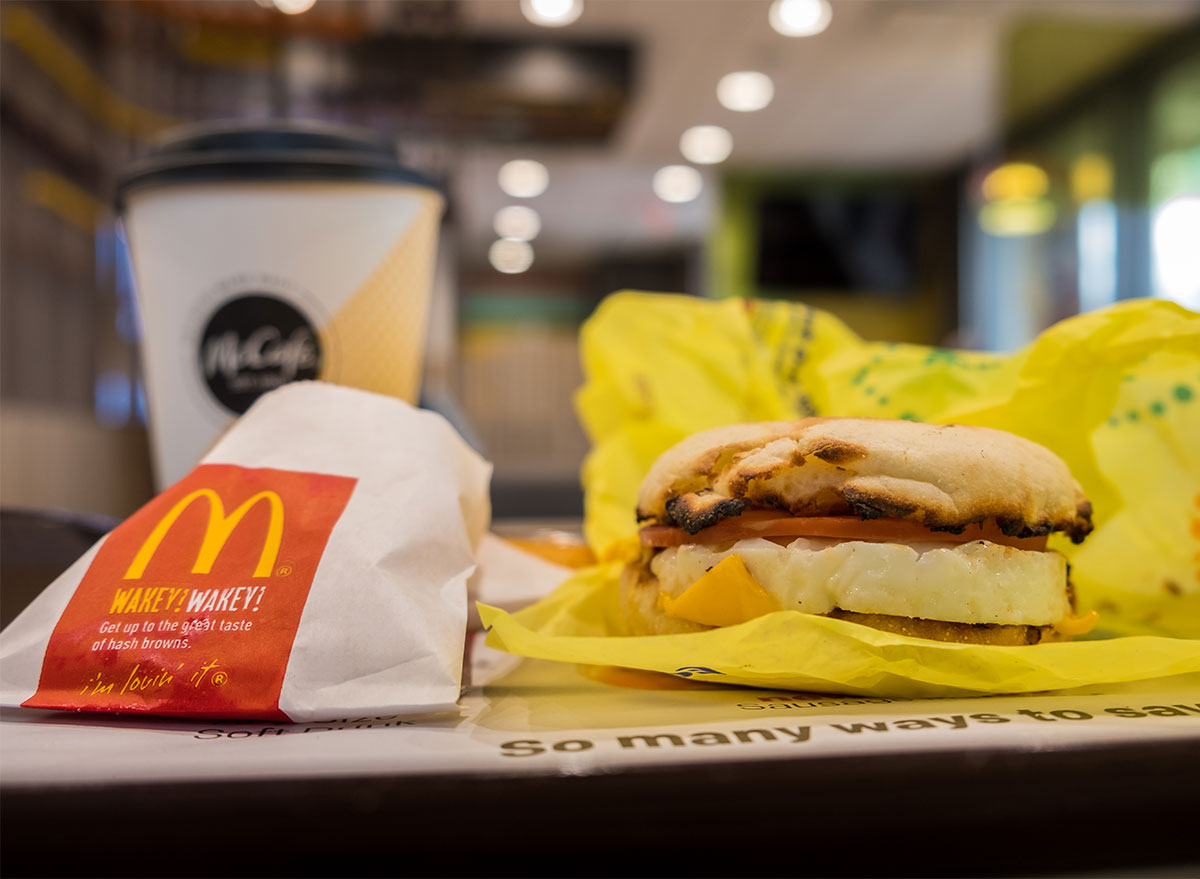
Despite theories that the perfect egg circles in Egg McMuffins are from frozen discs of something other than eggs, the answer is much simpler. You crack an egg into a mold and it cooks into the perfect 360-degree sandwich. The Golden Arches even came out with a marketing campaign a few years ago showing exactly the process to get to each egg dish.
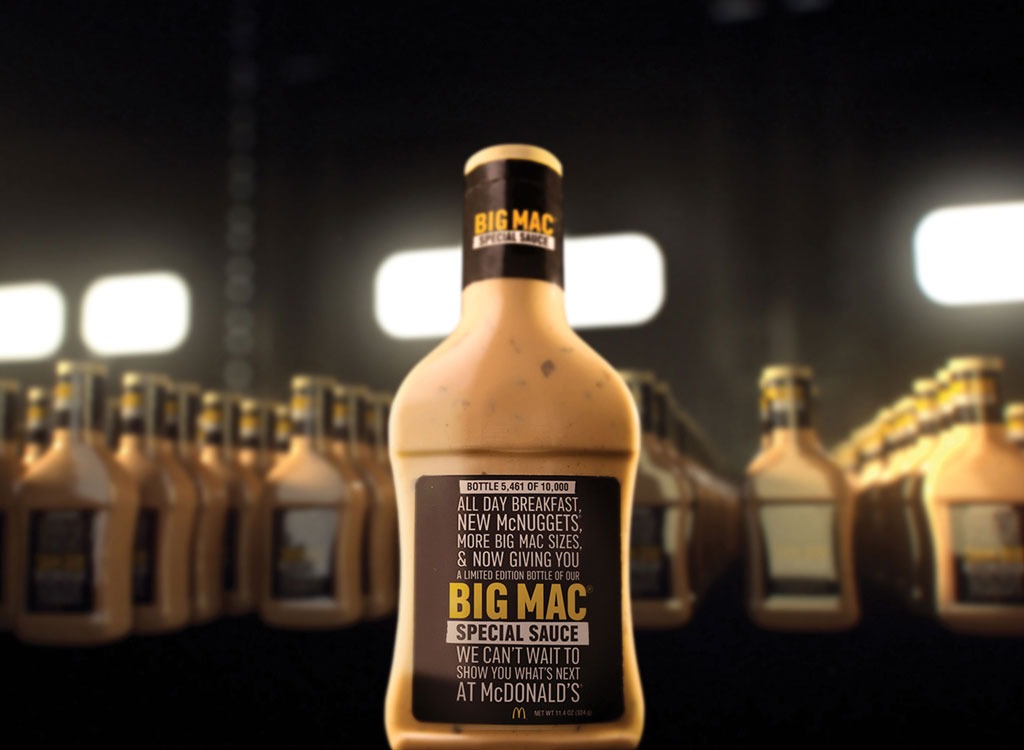
One of the key ingredients in the famous Big Mac is the special sauce. Some customers have taken "special" to mean that the sauce is a secret recipe, but like many "secrets," McDonald's has been fairly open about this, even posting a video with the company's executive chef making the sauce.
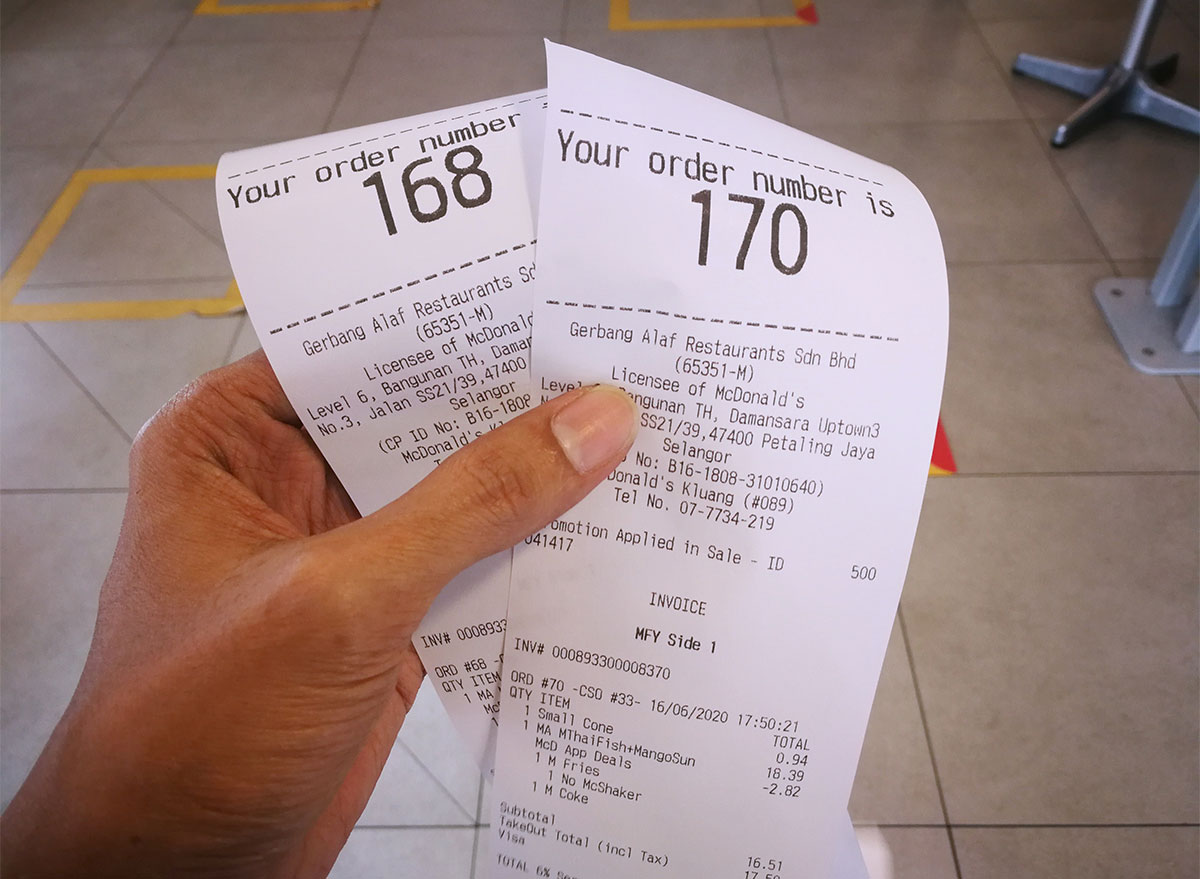
Many fast-food chains have tried to shed their unhealthy label with marketing campaigns around what they deem as healthier items, like leafy green salads and grilled chicken sandwiches. However, a study published in the American Journal of Preventive Medicine tracked McDonald's health data over a 14-year period, showing that levels of sodium, sugar, and fat have gotten only marginally better.
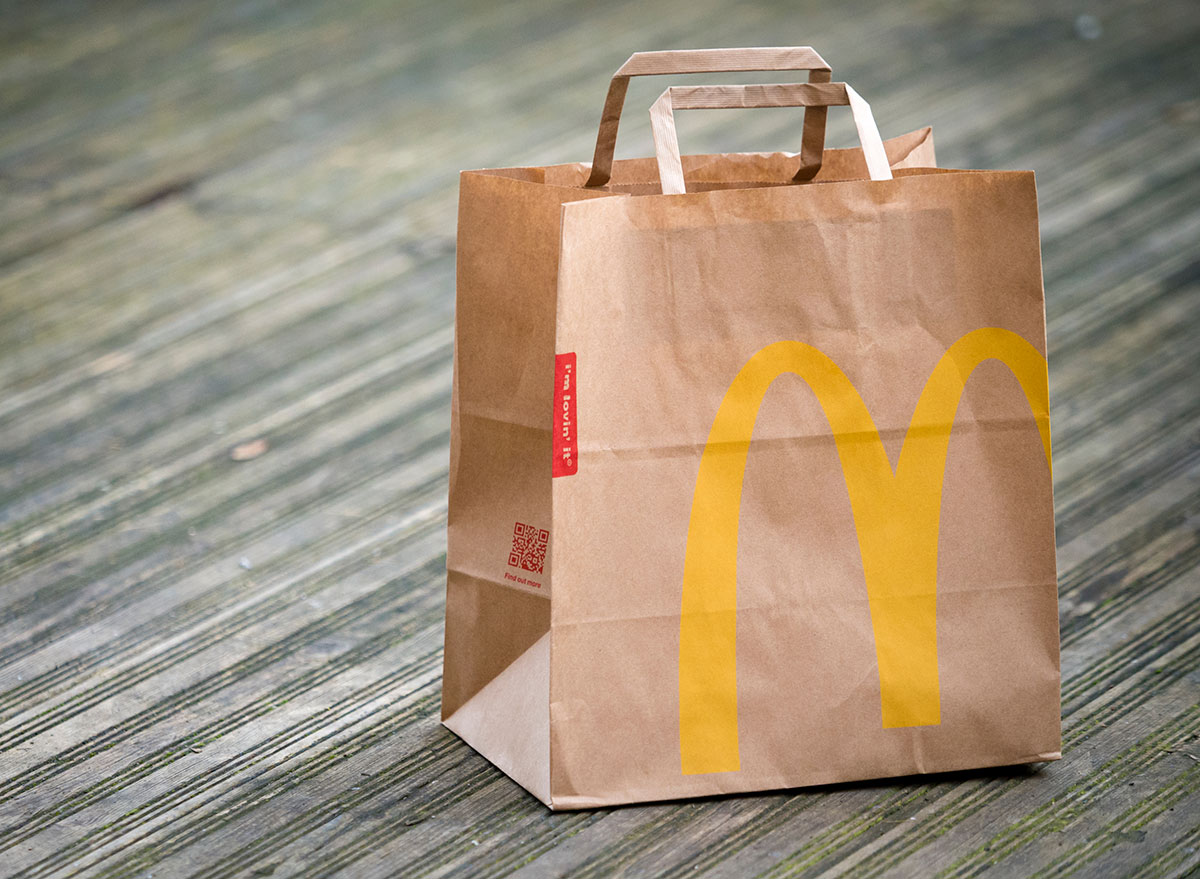
The Internet is to blame for the rumor mill that McDonald's gets its meat from hairless, limbless animals. Unlike some myths that have photo evidence (doctored or mislabeled), McDonald's has never really felt the need to respond to this rumor because it's probably just a little too far out there.
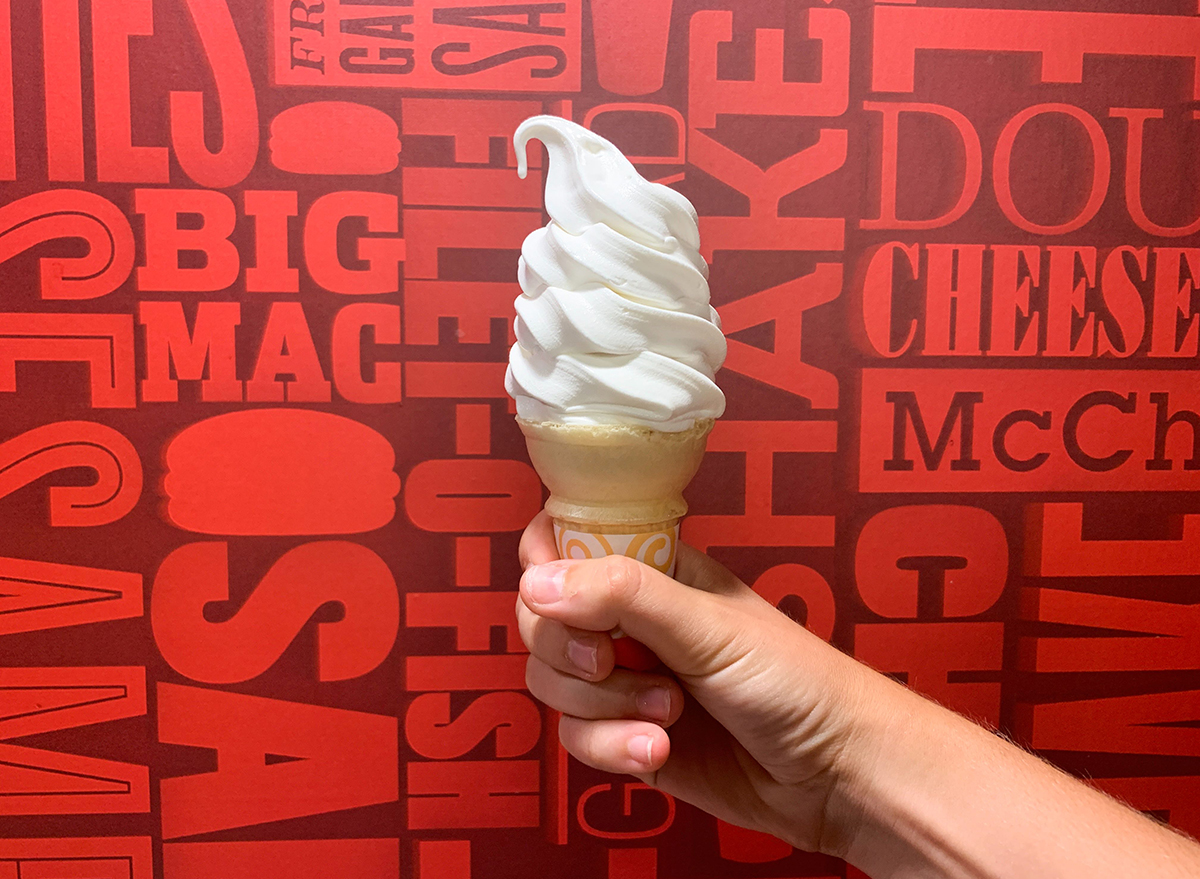
One popular myth is that McDonald's uses pig fat in its soft serve, whether for filler, taste or just to create culinary abominations. This one has been asked enough times that McDonald's in New Zealand put out a video debunking this myth. The chain did change its ice cream recipe, but the changes didn't make the ice cream healthier or laced with pig fat.
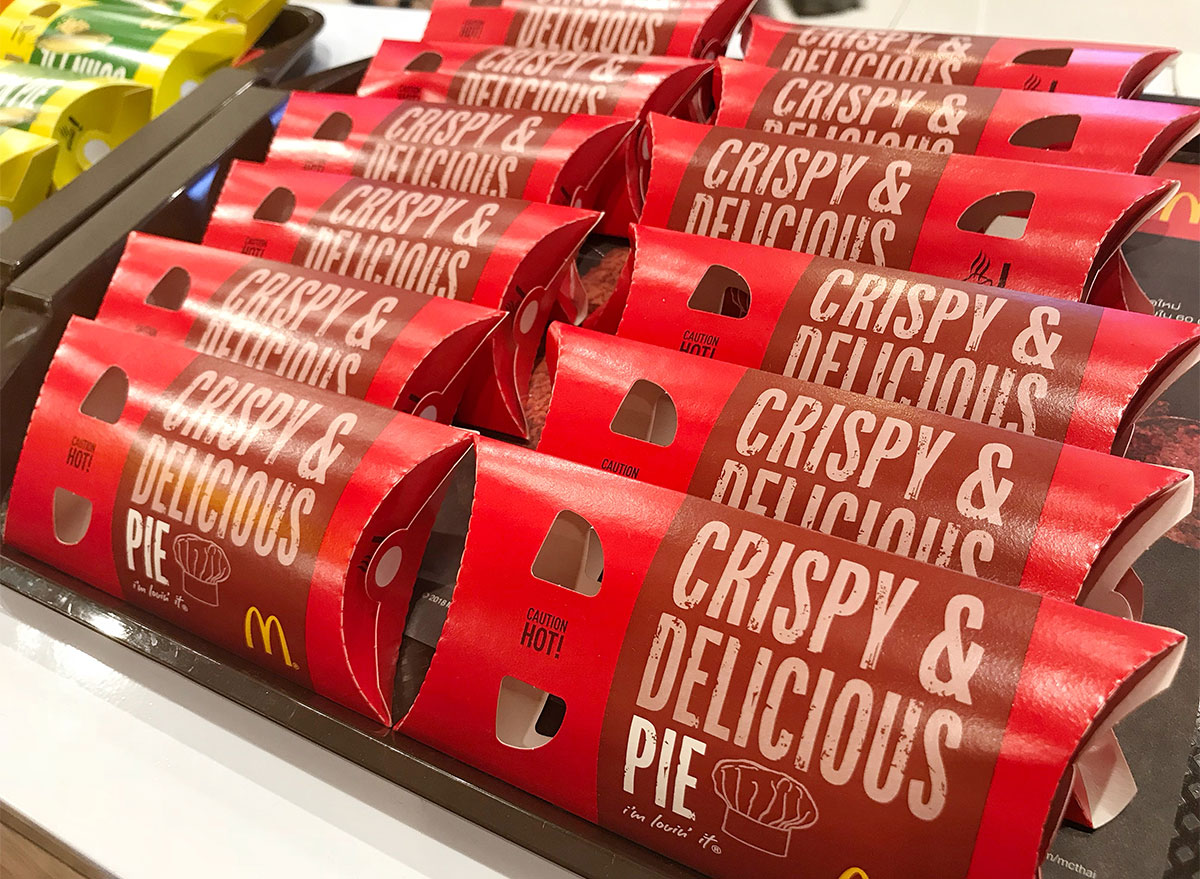
Among the list of fake ingredient claims, this rumor that's been circulating for decades might be among the tamest. The myth claims that McDonald's uses potatoes or pears with flavoring in its baked apple pies. As with several other myths, the company's transparency in its ingredients makes it relatively easy to disprove.
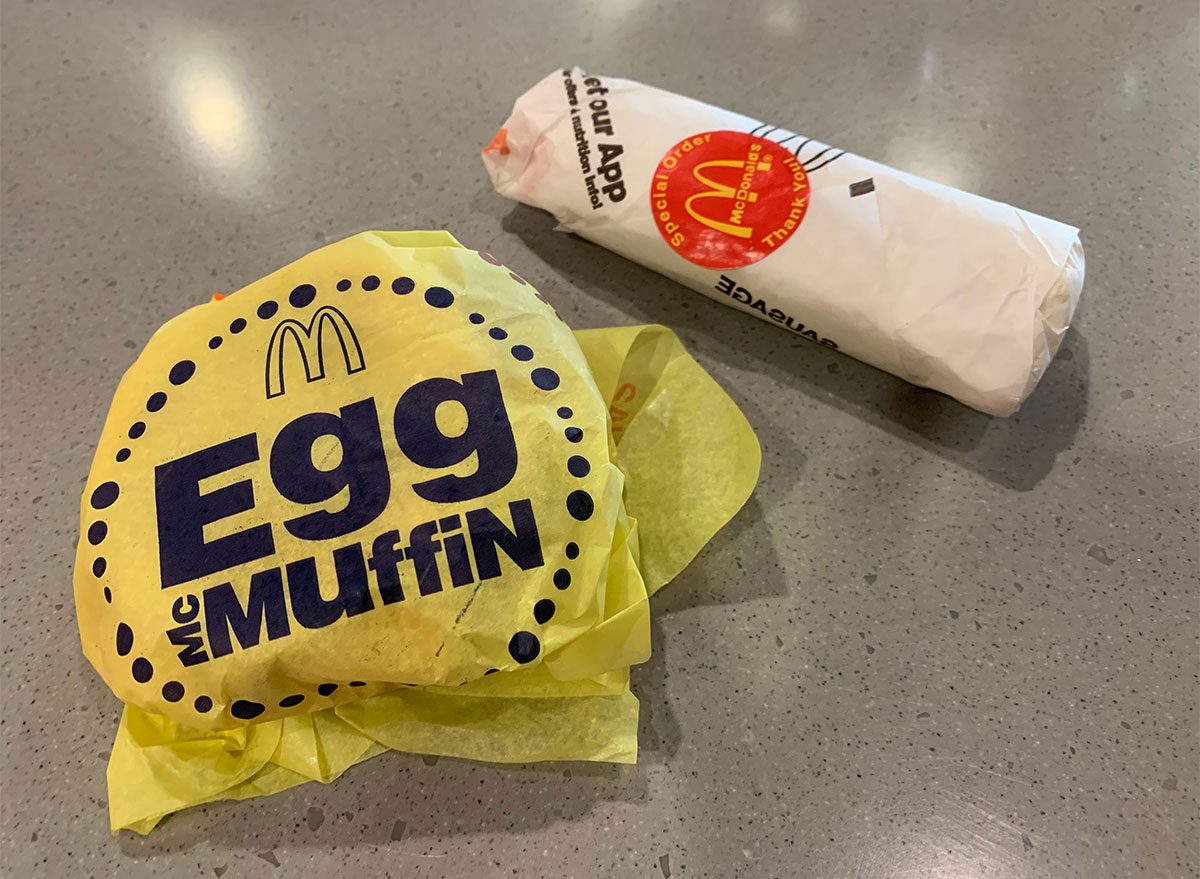
Many think of McDonald's and other fast-food chains as the symbol of everything wrong with the American diet. But a study published in the Journal of Nutrition Education and Behavior found that sit-down restaurants are just as unhealthy as their fast-food counterparts.
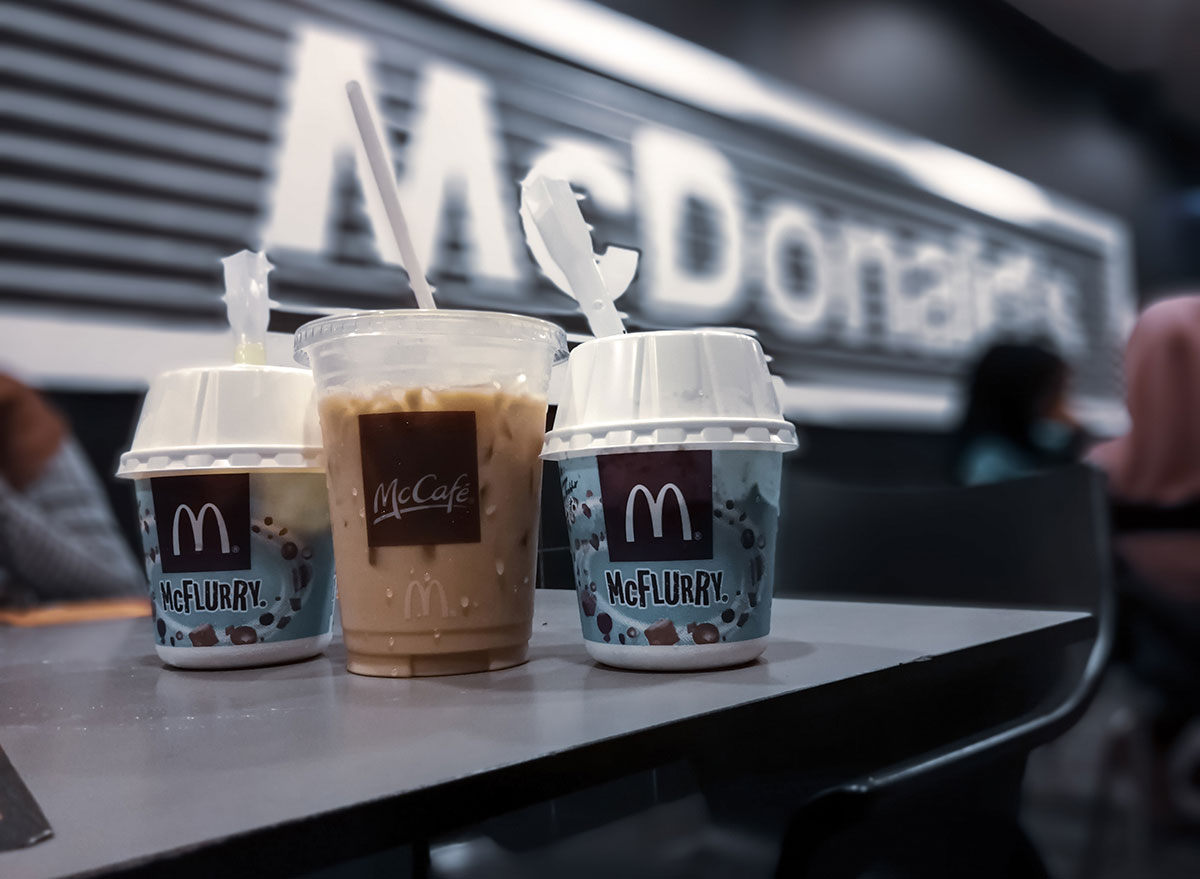
This is another example of wordplay leading to ridiculous rumors. This one has caused many to think McDonald's doesn't have dairy in their shakes, simply because they don't call them milkshakes. However, the company has dispelled this one, too, because the soft serve used to make the milkshake does contain milk.
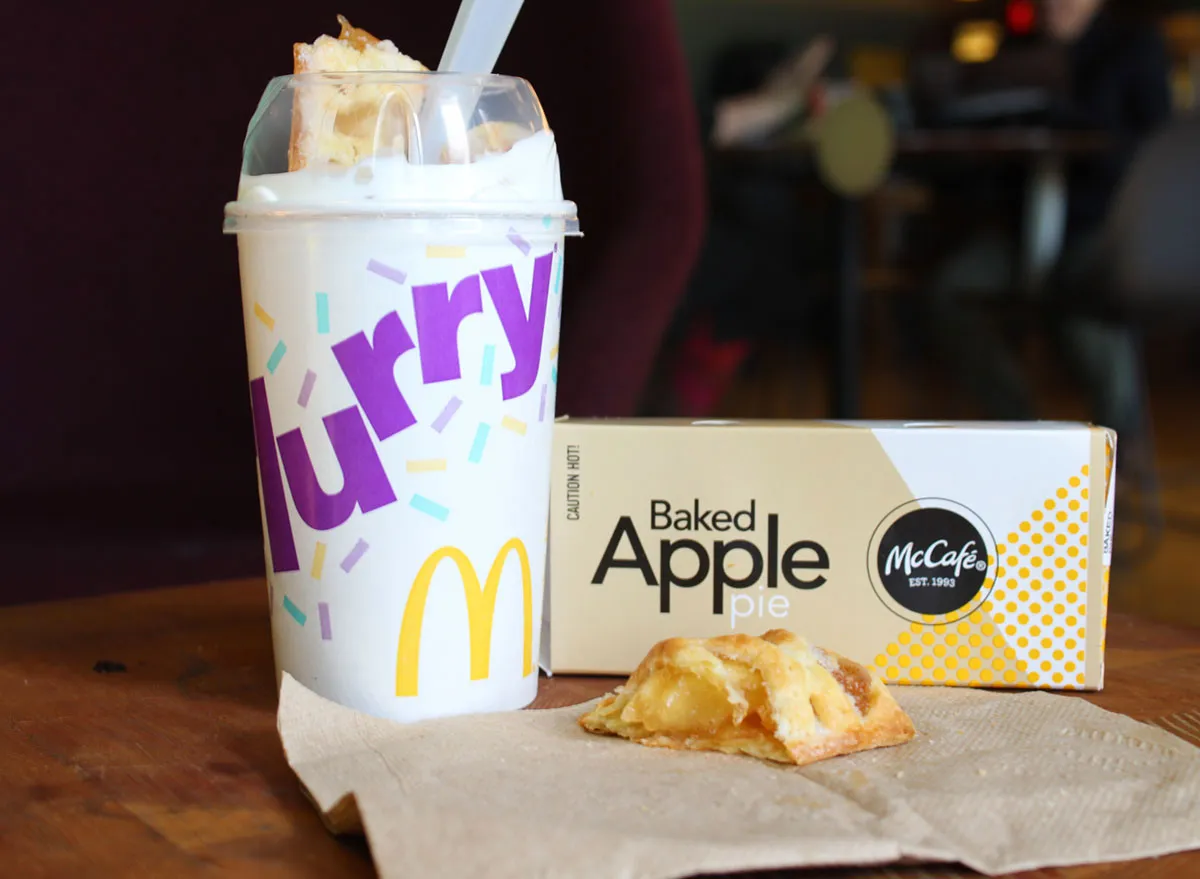
It seems there's no part of an animal that someone hasn't accused McDonald's of using somewhere in their menu. This theory started in the late '90s when one Internet user said that a friend who was allergic to bird feathers (which is apparently a thing) got sick from a McFlurry. Some other theories have credited chicken feathers with providing the fluffiness in the ice cream dishes, but the only fluff is the rumor itself.
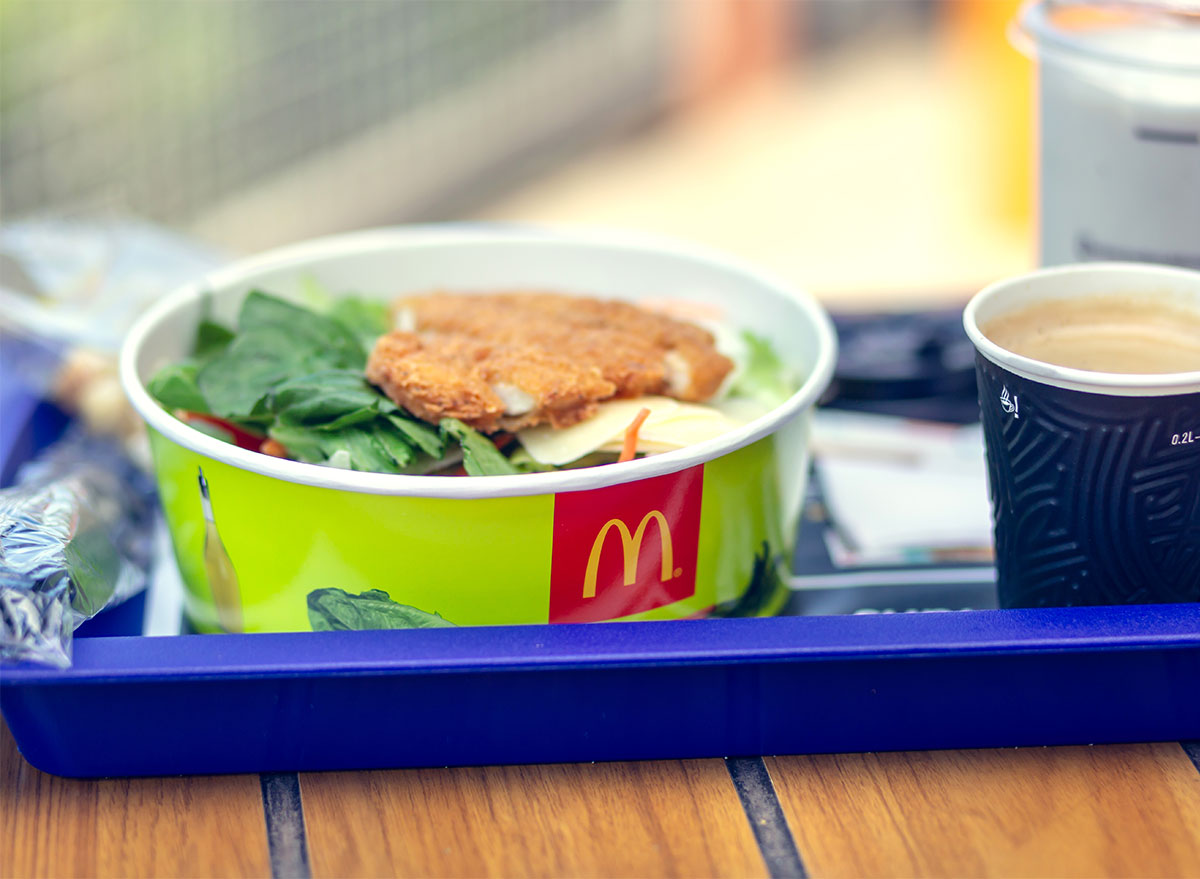
Sure, a side salad at McDonald's can come in at under 100 calories with the right dressing. But an entree salad will usually run around 500 calories, and dressing packets can pack on up to 300 more calories. That's more calories, sugar, and sodium than a Big Mac and a small fry.
Note: McDonald's salads aren't available during the pandemic, and it's unclear whether they'll return to the menu.
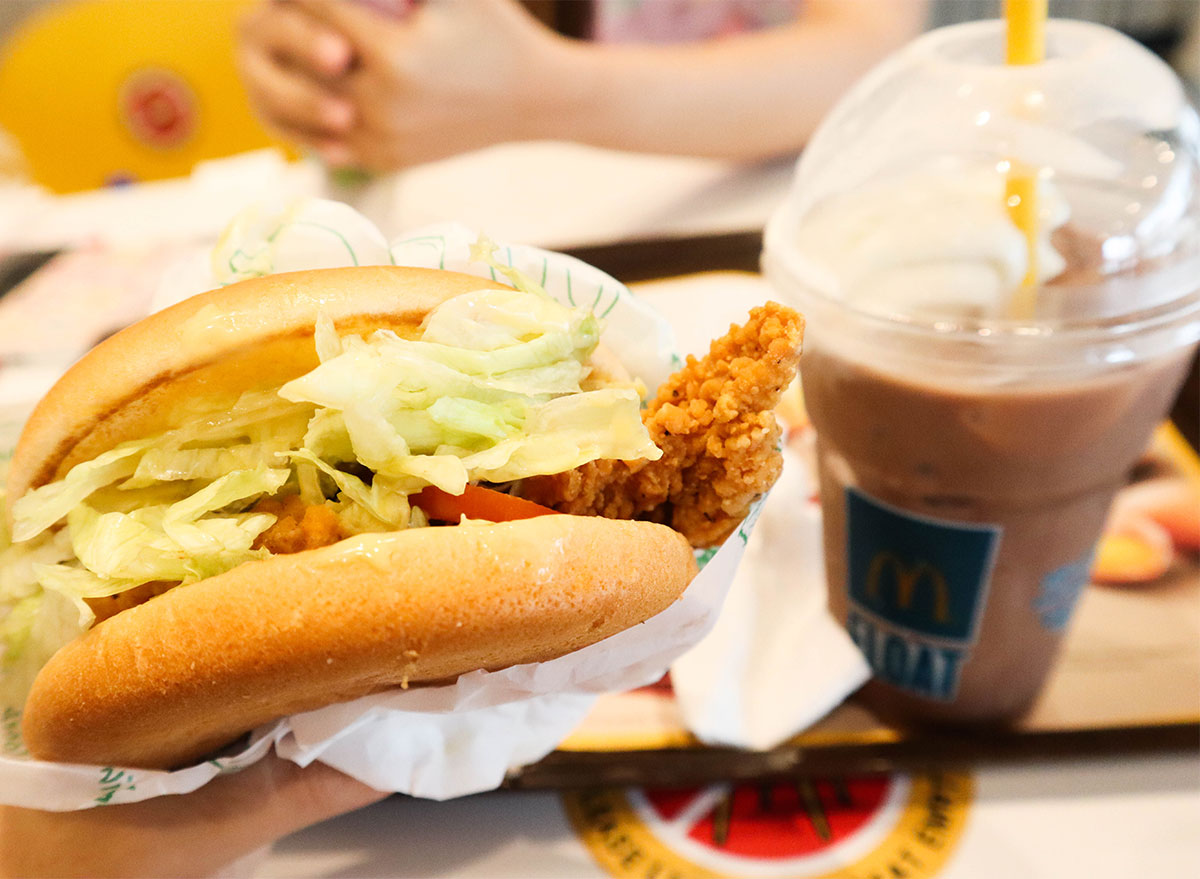
With its convenience and items on the value menu, it would be easy to think that McDonald's is always cheaper—and easier—than cooking at home. However, with combos running five dollars or more, it might be cheaper (and better for you) to whip up a convenient slow cooker meal that's ready when you walk in the door.
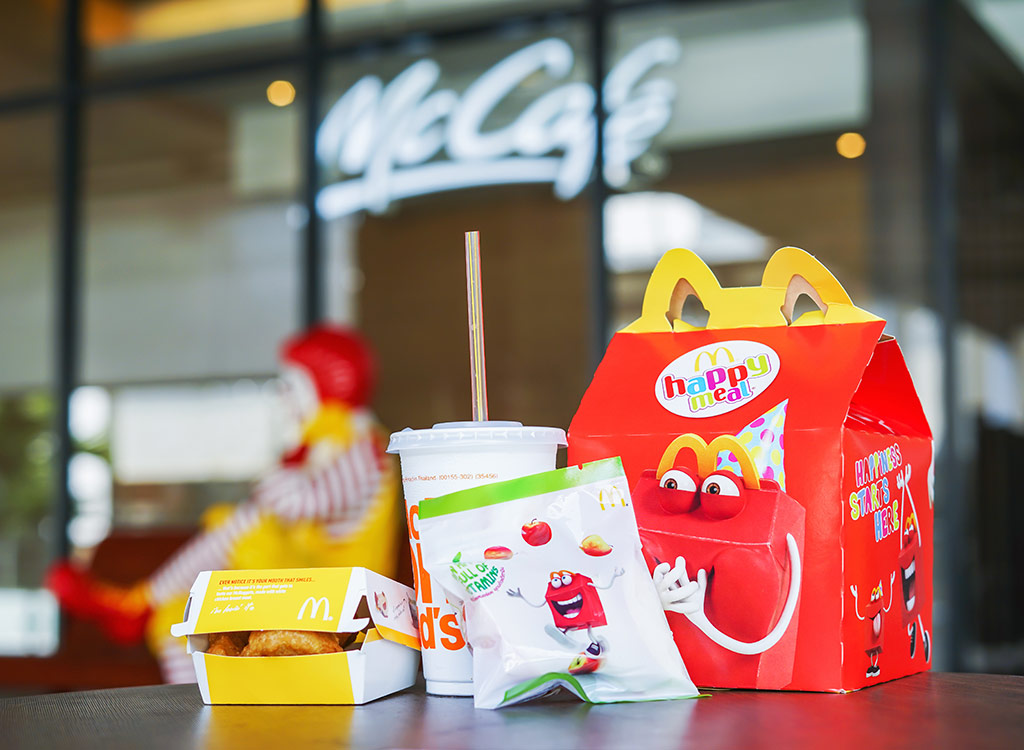
If food is so tasty that you can't put it down, there has to be something in there to get you hooked, right? Well, in the case of McDonald's, Internet theorists have claimed that the company purposefully puts secret ingredients in for the sole purpose of getting customers addicted. There's no "secret" ingredient that keeps customers coming back for more, though—they just love the McDonald's taste.
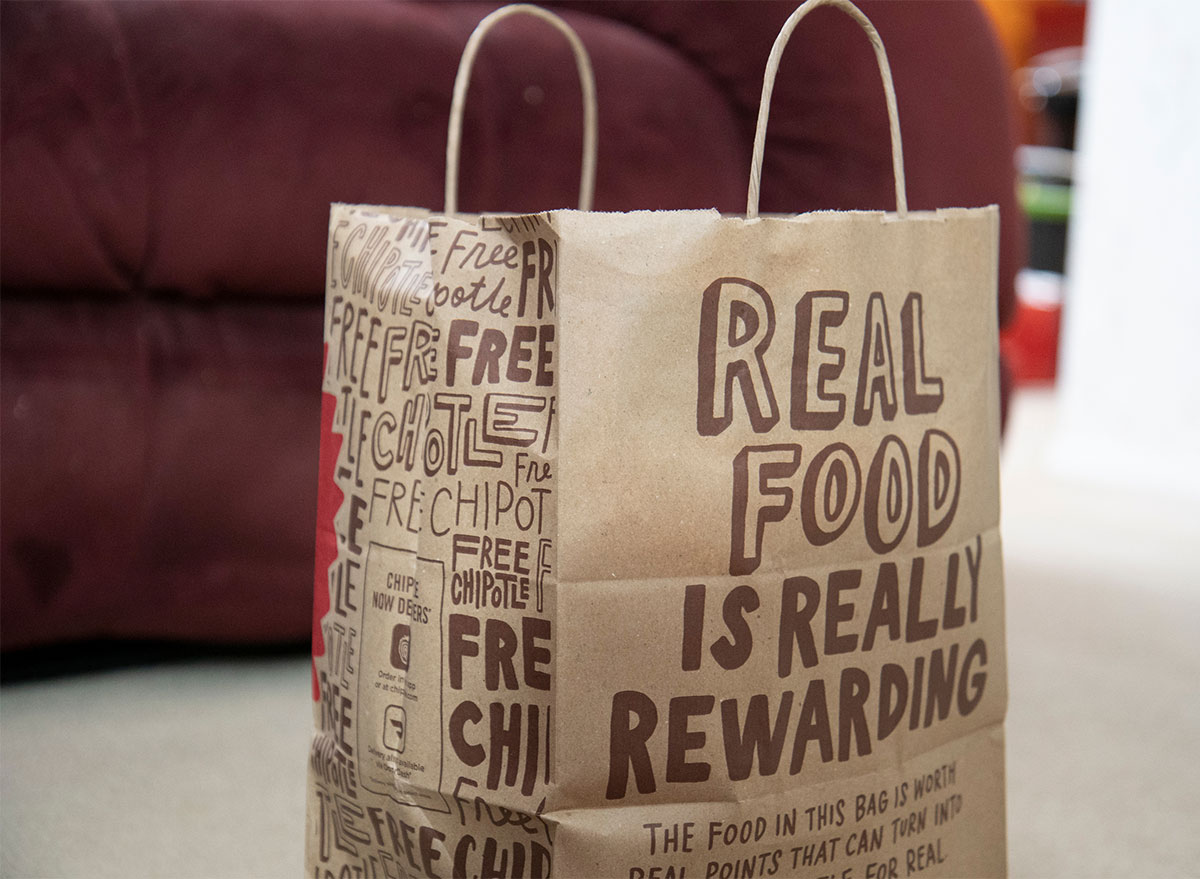
When Chipotle was just a fledgling chain with 14 stores, McDonald's swooped in and bought a controlling share in the burrito franchise. But in 2006, when Chipotle had more than 500 franchises across the country, McDonald's divested its interest in an effort to better focus on its core brand. So while the narrative that Chipotle, which is renowned for its ingredient quality, is owned by a company that has fought off weird ingredient myths for decades is ironic and fun, it hasn't been true for years.
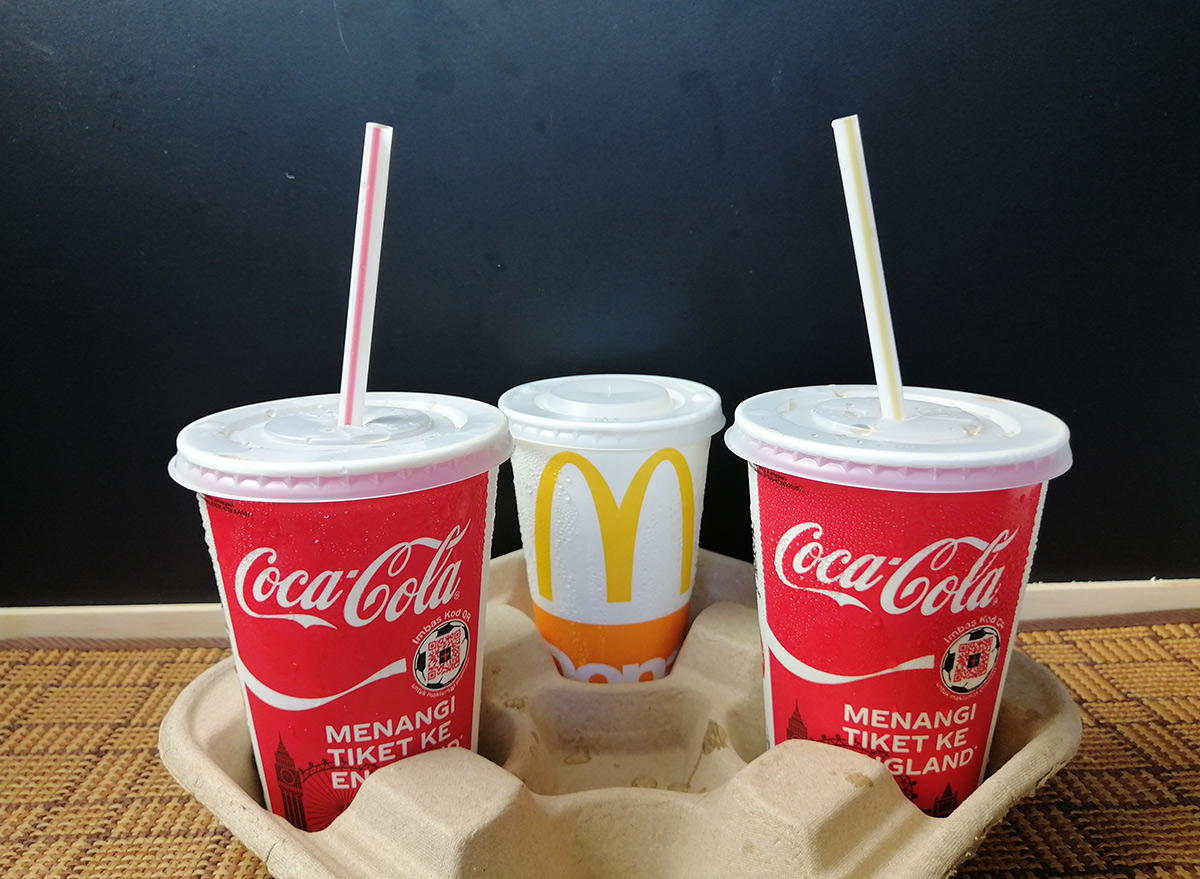
This one is a simple case of misunderstanding an acronym on a CNN broadcast, when a commentator praised McDonald's for contributing to their employees' individual retirement accounts (IRA). The rumor mill did the rest, with many in the U.K. thinking that McDonald's was sending money to the Irish Republican Army, a known terrorist organization. Luckily for everyone, McDonald's is sending its money to much less nefarious places.
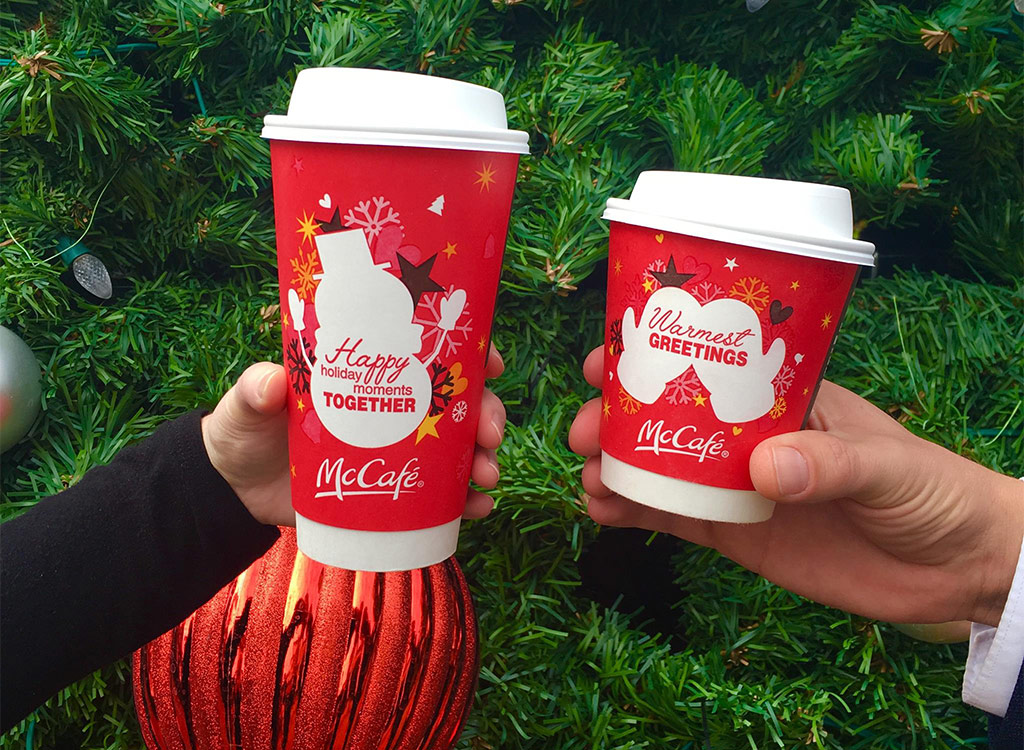
Some myths are started because of a single photo. When one user posted a picture of a McDonald's cup with some drawn-on fingers that turned innocent mittens into a risque illustration, McDonald's debunked the myth with an equal amount of humor.
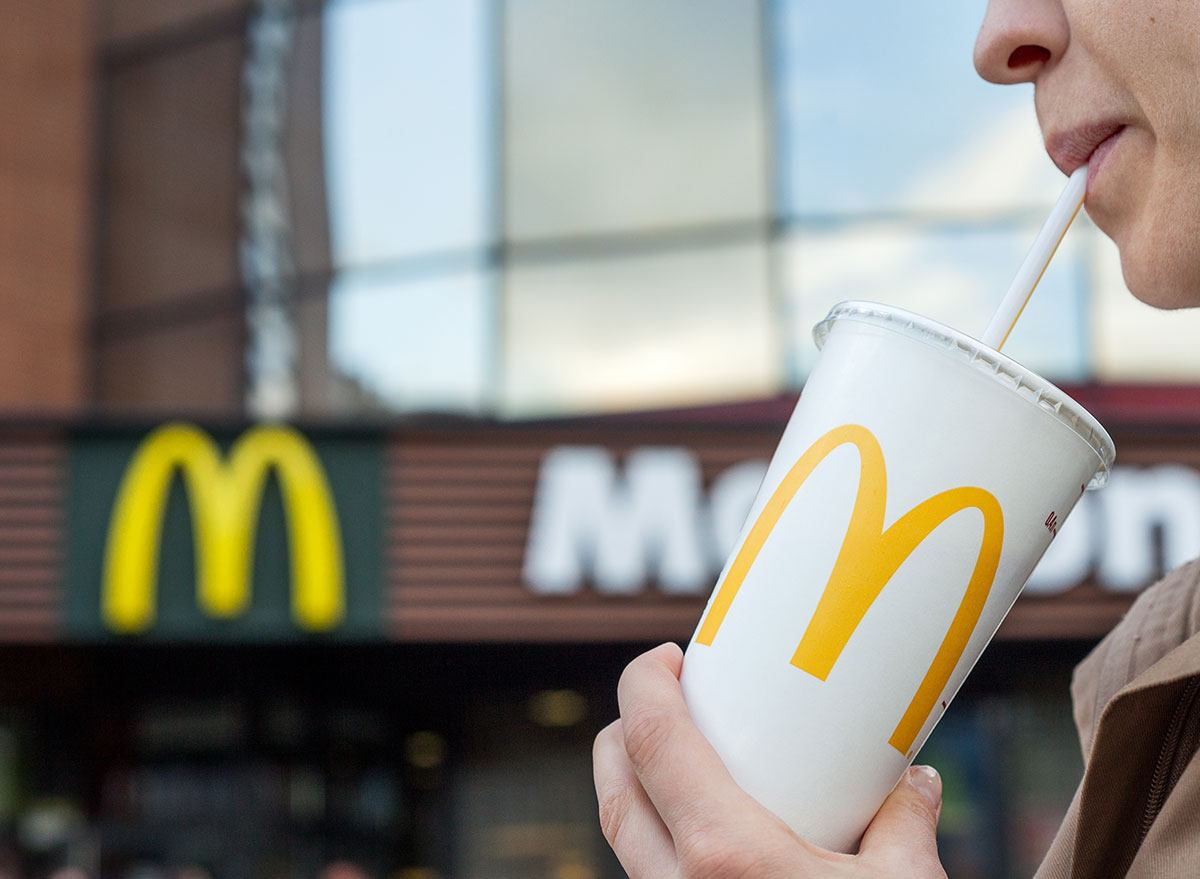
The News Examinerpublished an article with quotes from Paul Horner posing as a McDonald's spokesperson, stating that the move was a cost-cutting measure. But McDonald's denied the claim. Horner inserted himself into fake stories for years, even claiming to be the secretive street artist Banksy.
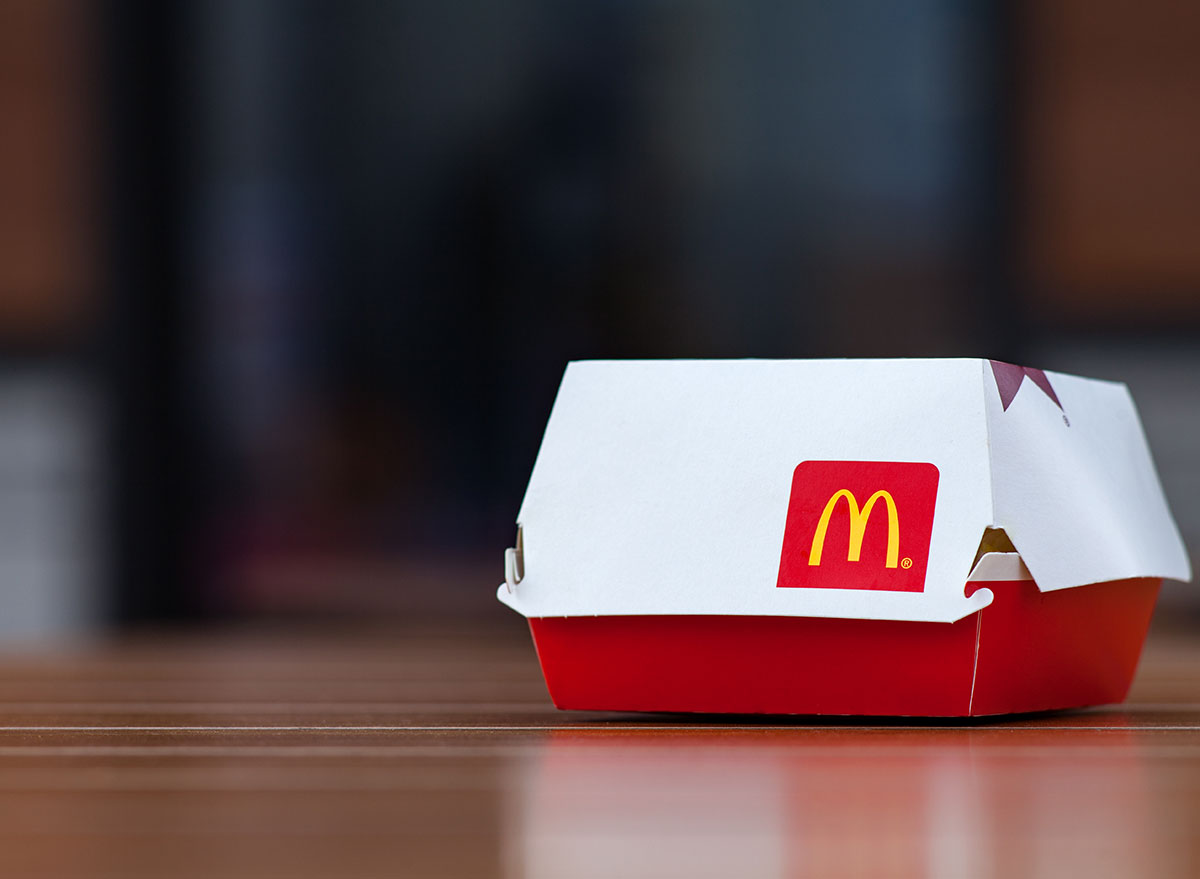
Ray Kroc is an American icon in large part for his role in making McDonald's the largest fast-food chain in the world, but the truth is he wasn't the founder of the original restaurant. Richard and Maurice McDonald were the founders and opened several franchises before Kroc bought the chain and made it into a worldwide brand.
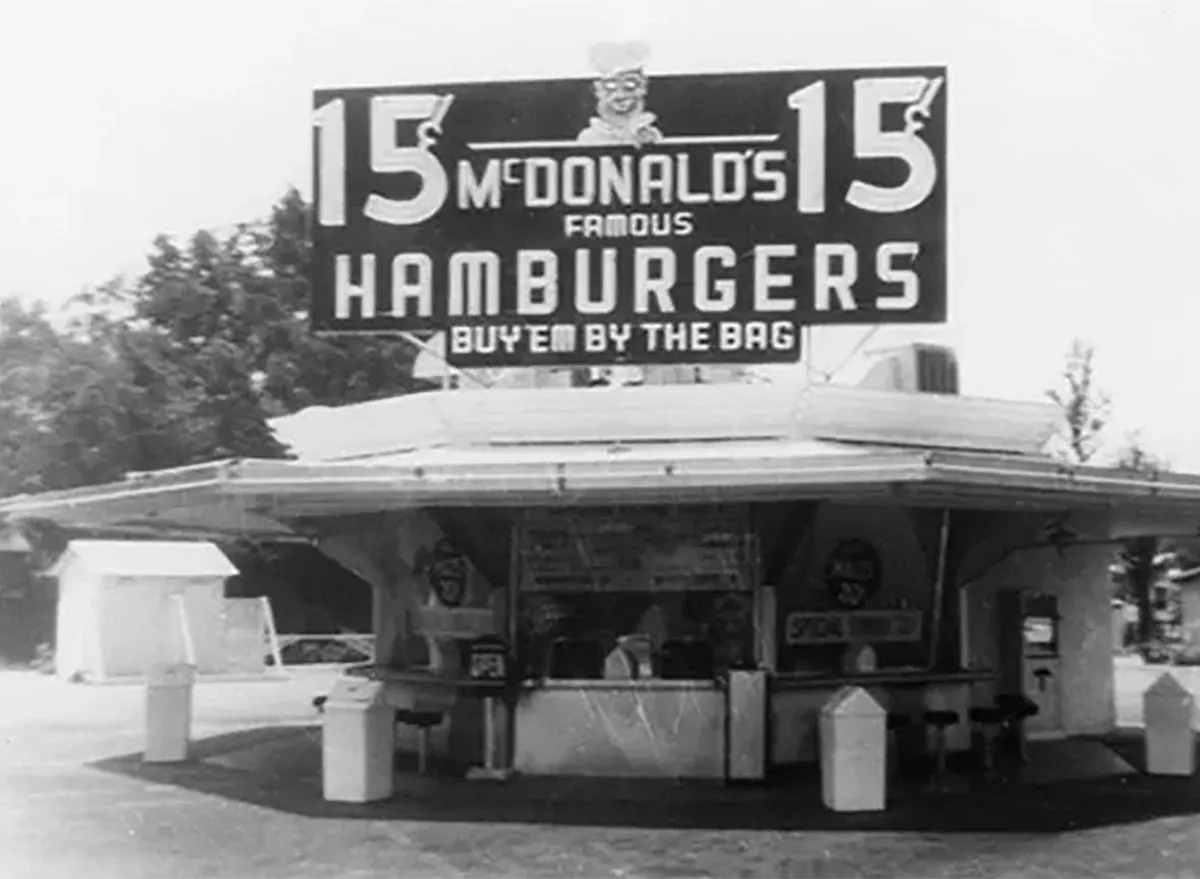
Many people claim that the first McDonald's restaurant was in Des Plaines, IL, but it was actually the first store that Kroc opened since creating McDonald's Systems, Inc. The oldest McDonald's store still operating is in Downey, CA. This was the fourth store founded by the McDonald brothers, which looks very different from the way the chain looks today.
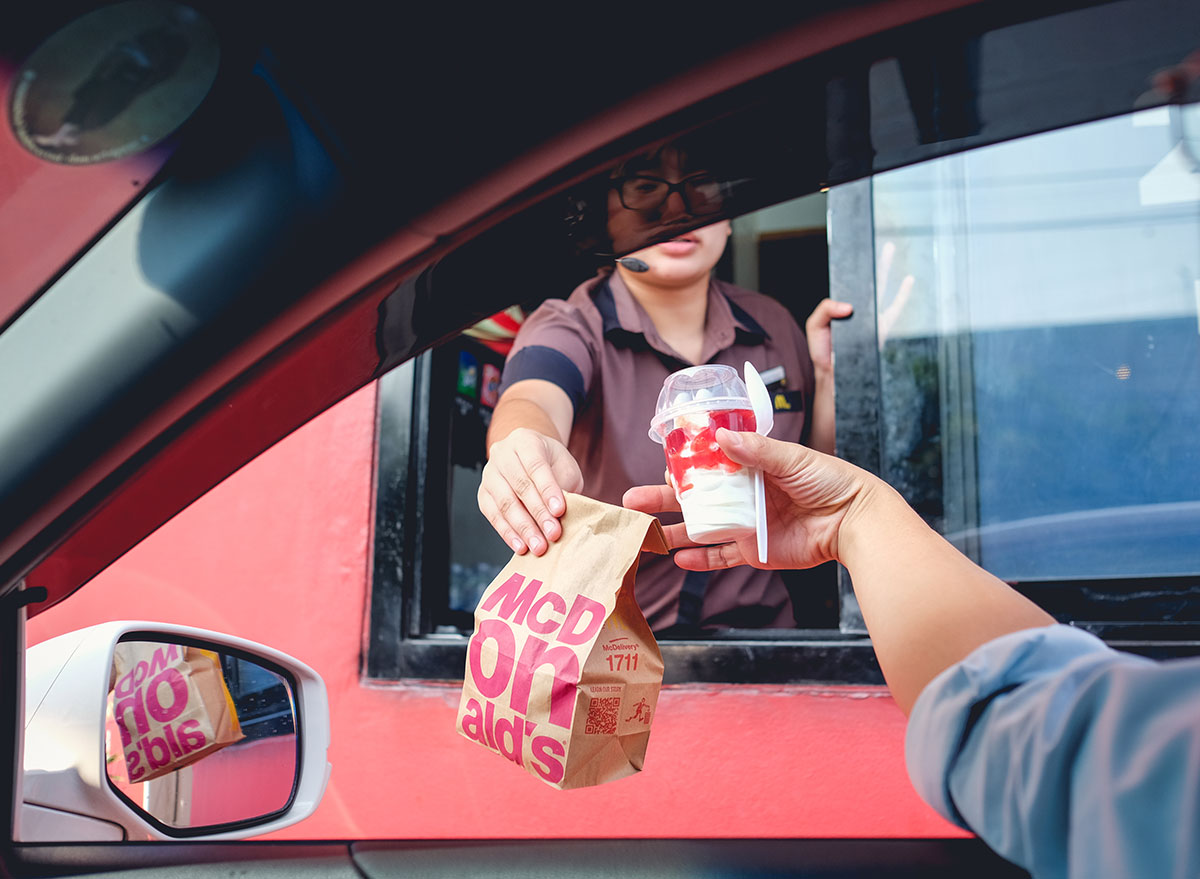
A meme on Facebook claimed that McDonald's workers in Denmark have a union and make $45,000 per year. This myth is actually partially true on several fronts. Danish workers do have a union, and their hourly wages are high enough that a full-time employee could earn $45,000 per year or more. The catch is that there are only about 500 full-time McDonald's workers in Denmark, out of about 4,000 total, so most don't come close to this figure.

You probably imagine a high school-aged teen asking if you'd like fries with that. However, the average fast-food worker is an adult, not a teen. Many are single parents trying to earn a living, not kids looking for some spending cash.

Despite hiring campaigns by McDonald's, more fast-food workers are on the front line than in most other industries.
Now that we've dispelled some of the most pervasive myths about McDonald's food, we hope you're a bit less wary of the chain. Sure, you shouldn't eat there every day, but you're not eating pink slime if you do.
Fun fact: some now-famous faces once worked at Mickey D's! Here are 22 Famous People Who Worked at McDonald's.
More about McDonald's :
20 Biggest McDonald's Menu Disasters You Forgot About
We Tried Every Burger at McDonald's & This Is the Best
The Best & Worst Menu Items at McDonald's, According to RDs
Source: https://www.eatthis.com/biggest-myths-about-mcdonalds-foods/
0 Response to "Sketch This Vidio Is Made With 100% Beef"
Post a Comment